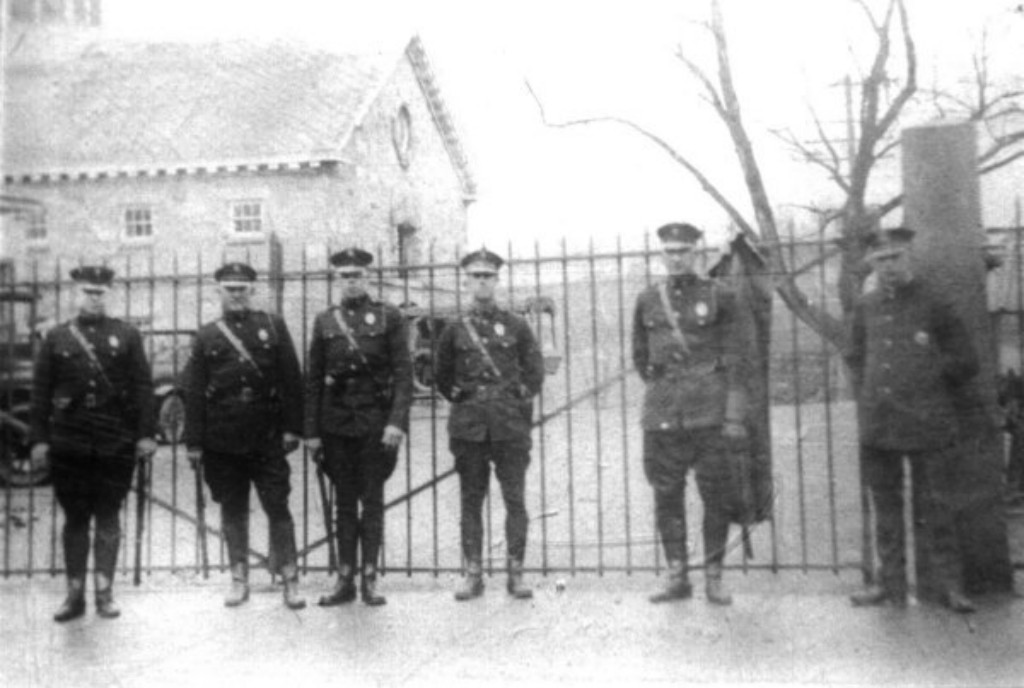
ATCO's 1925 Strike
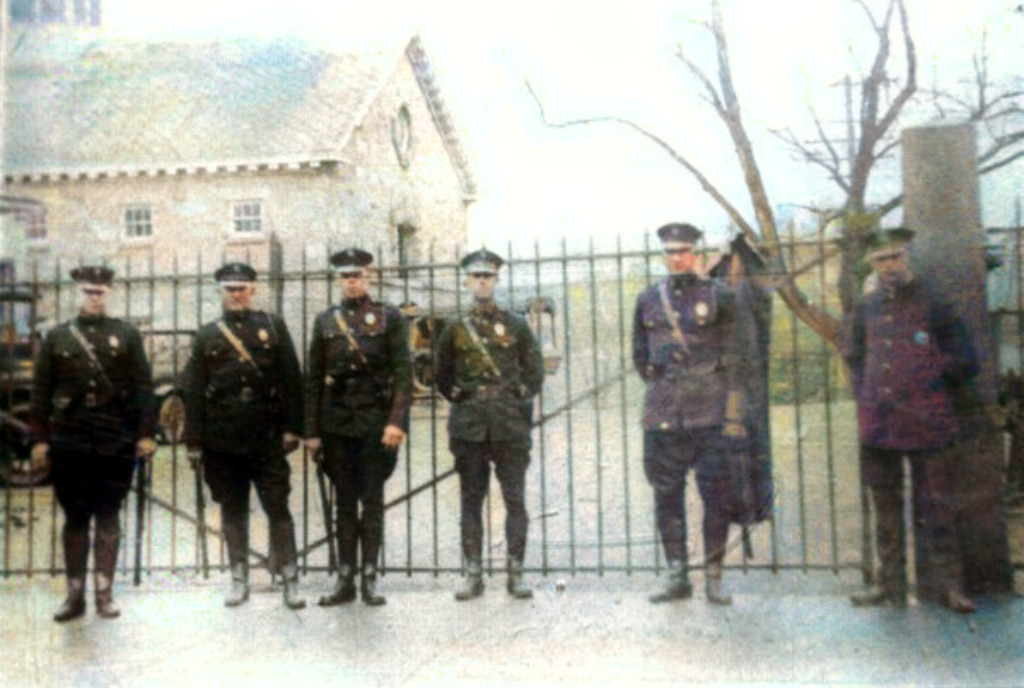 |
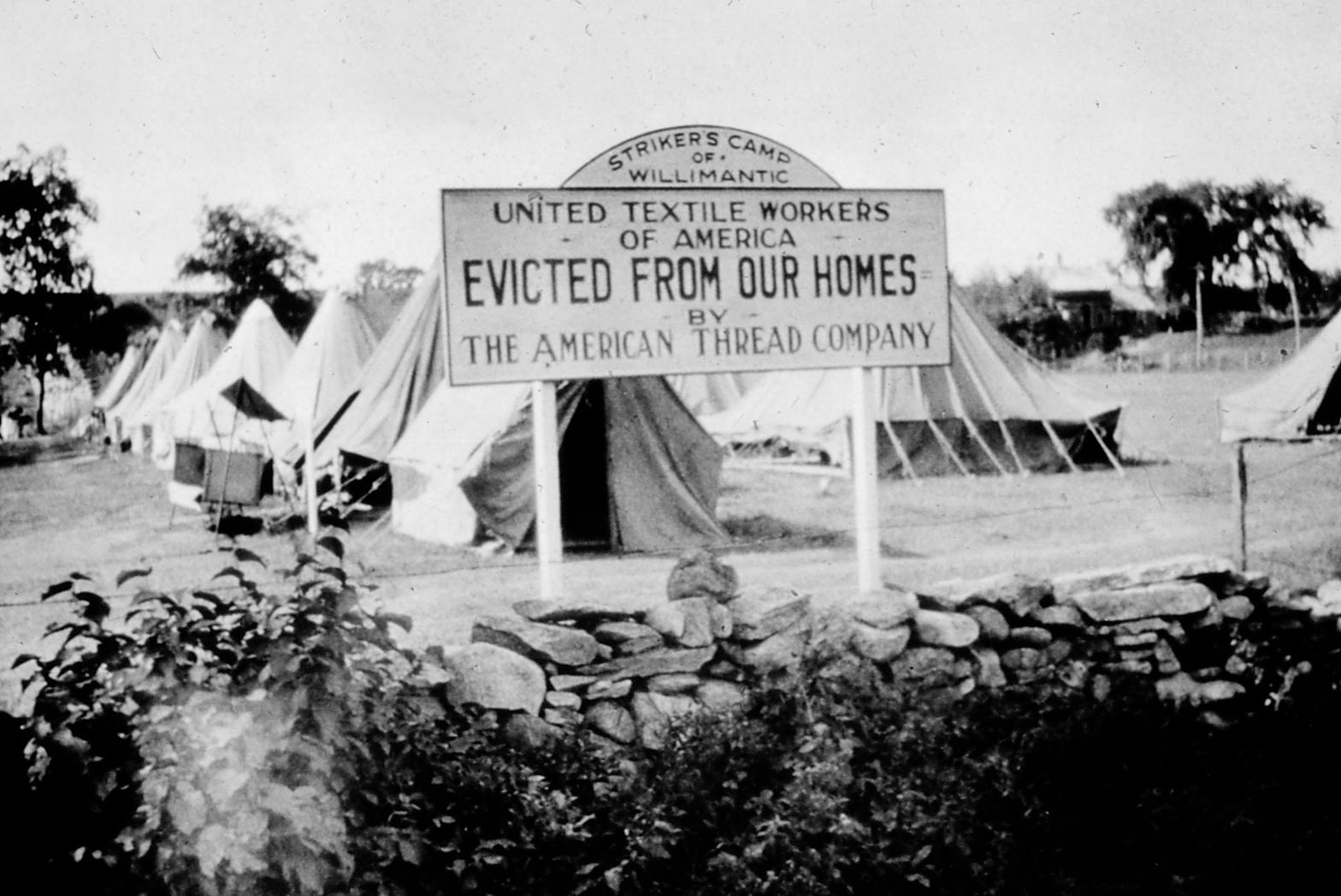
ATCO's
1925 StrikeIIn
March, 1925, 2,500 "operatives" of the American
Thread Company began a strike. The strke
resulted from an ATCO move to reduce their wages
by 10 percent
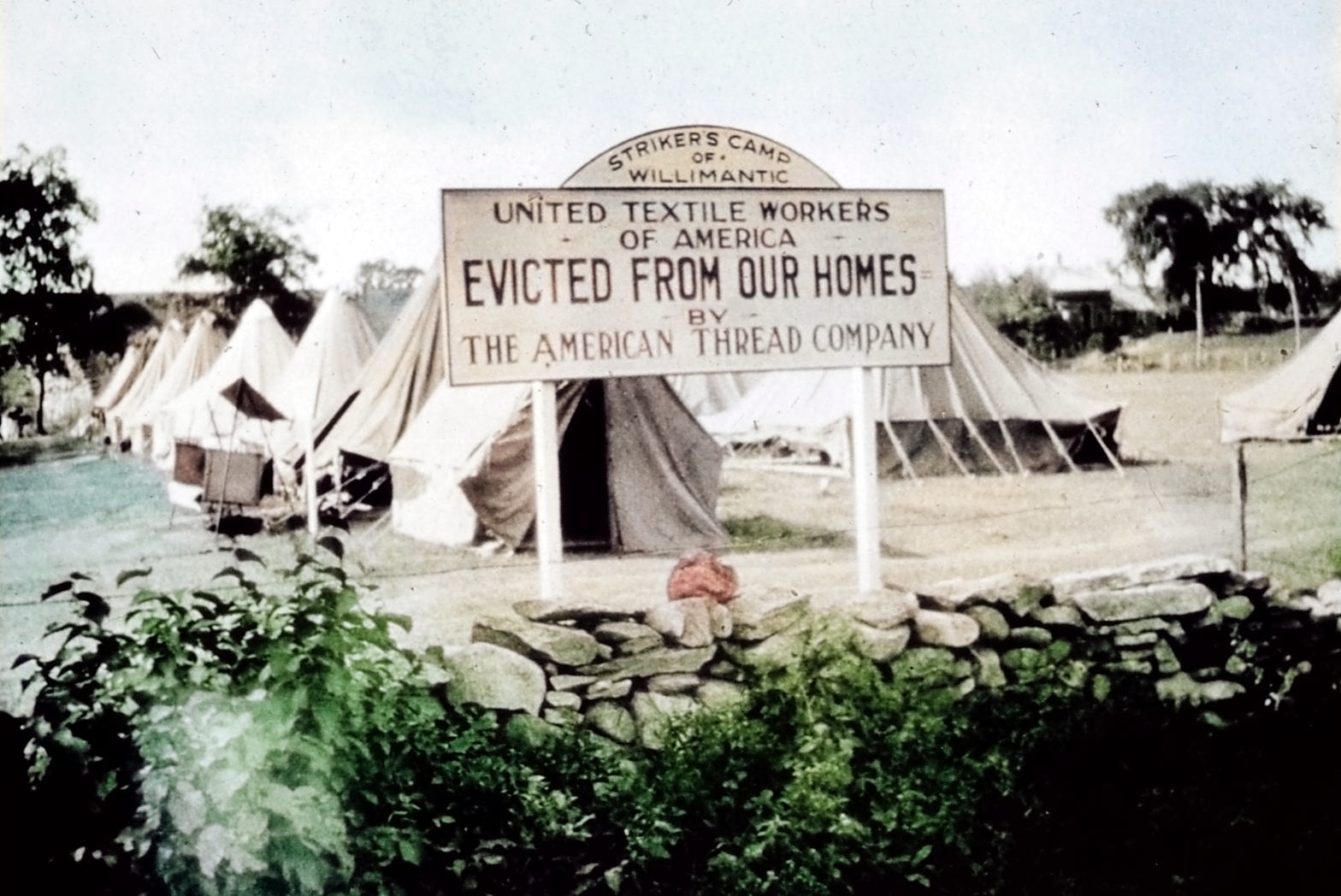 |
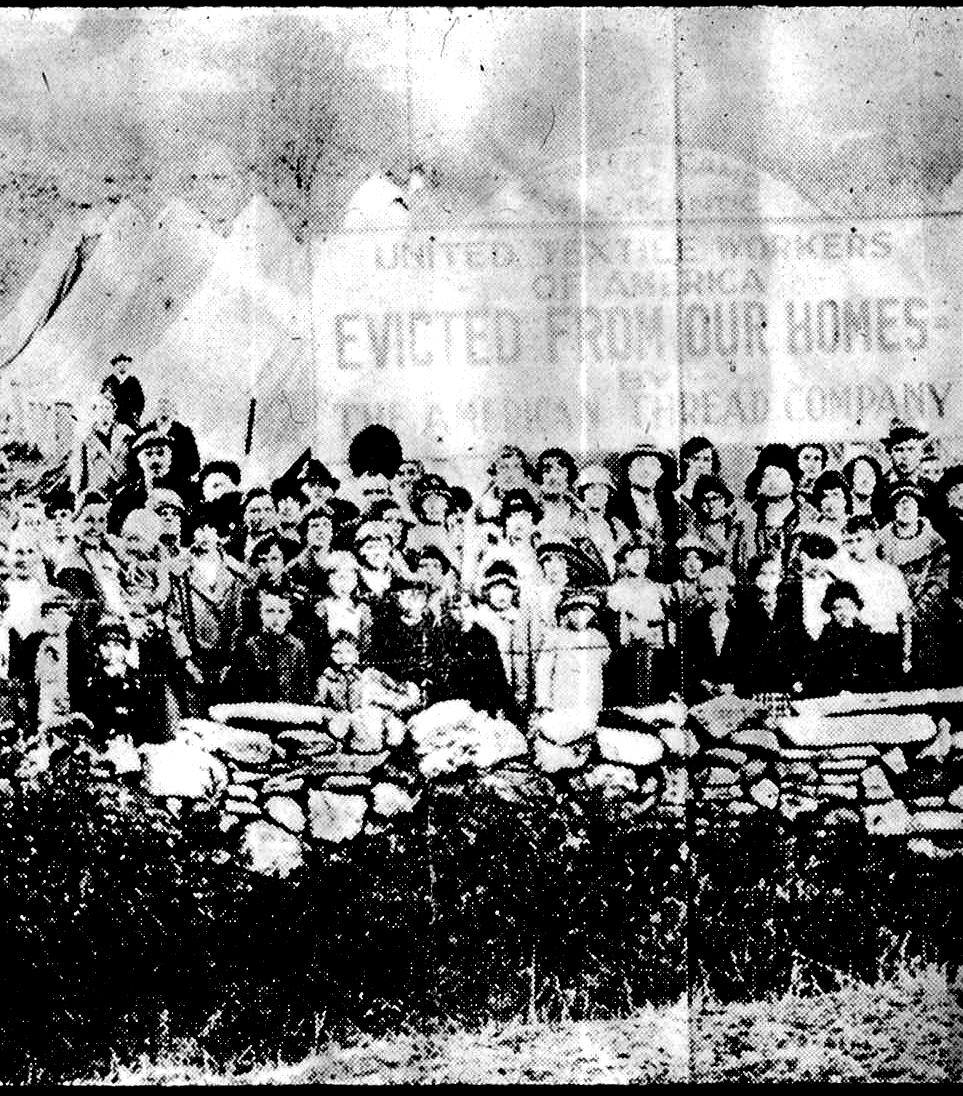
ATCO's
1925 Strike
This
was one of the most well known and widely
circulated images of the Thread Company
strike. The first family to be moved was
that of Nelson Chamberland of 241 Main St.
Eviction notices were handed out five at a
time. However, according to the State
Police, only one family was to be moved at a
time. Two deputy sheriffs and assistants
started out at 9 o’clock and in an hour had
most of the furniture out on the sidewalk of
the company property. The work was witnessed
by a large number of people, for the most
part former operatives of the company
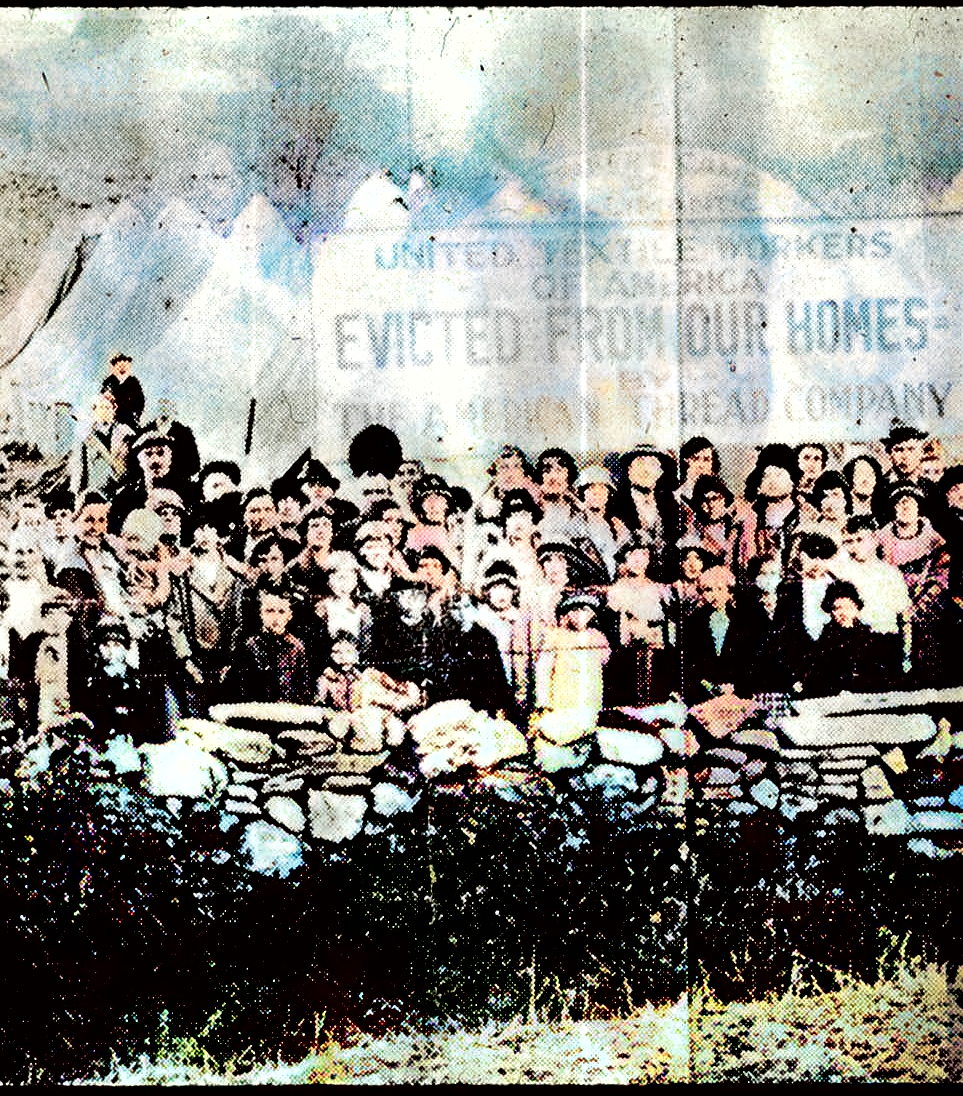
|
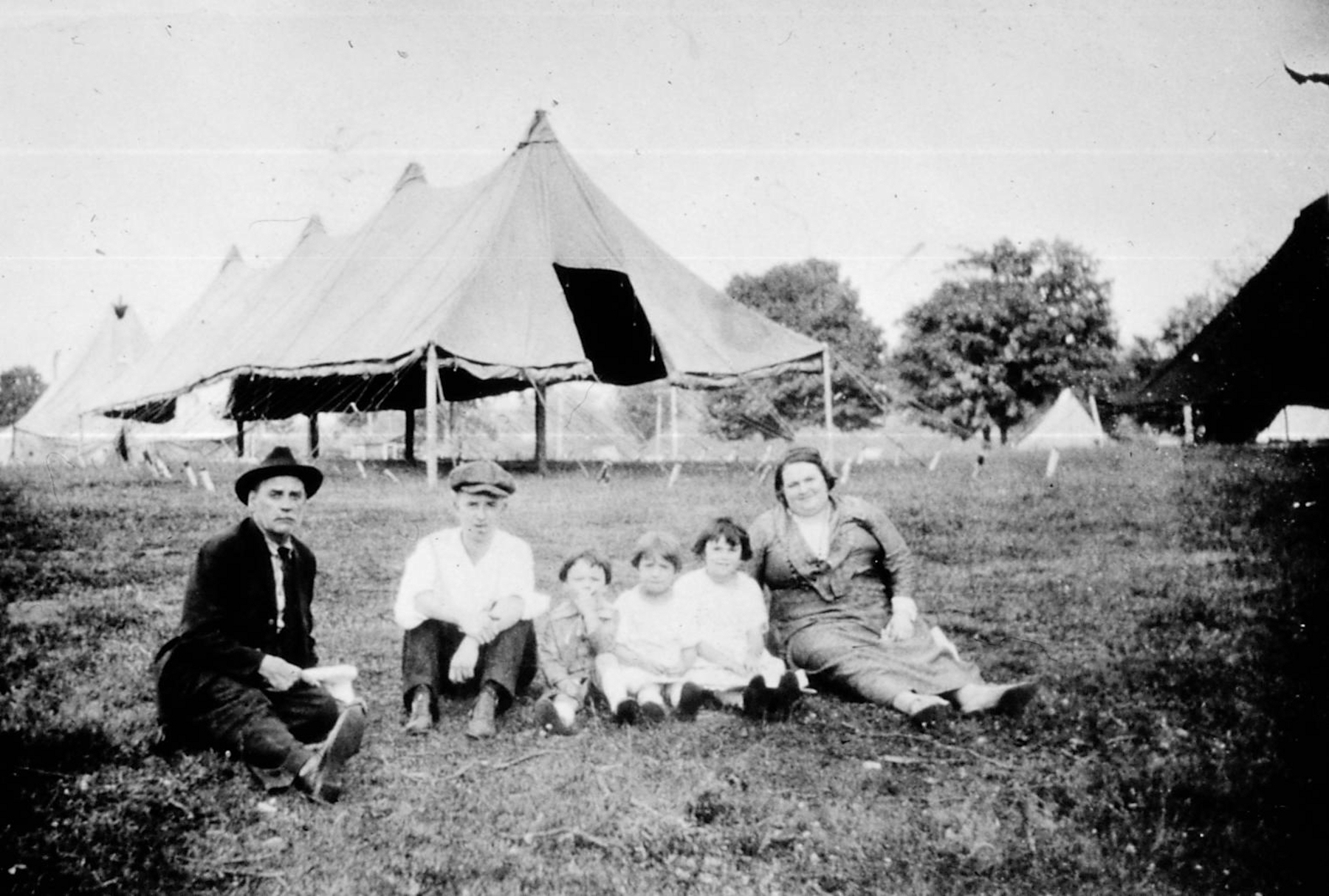
ATCO's
1925 Strike
The "Tented City” was erected on the North
Windham Road, just over the city line. Its
erection was proposed by Thomas F. McMahon
of Providence, R.I., international president
of the Textile Workers of America in June
when the thread company announced that
evictions of former operatives of the plant
occupying company tenements would ensue
unless they returned to work.
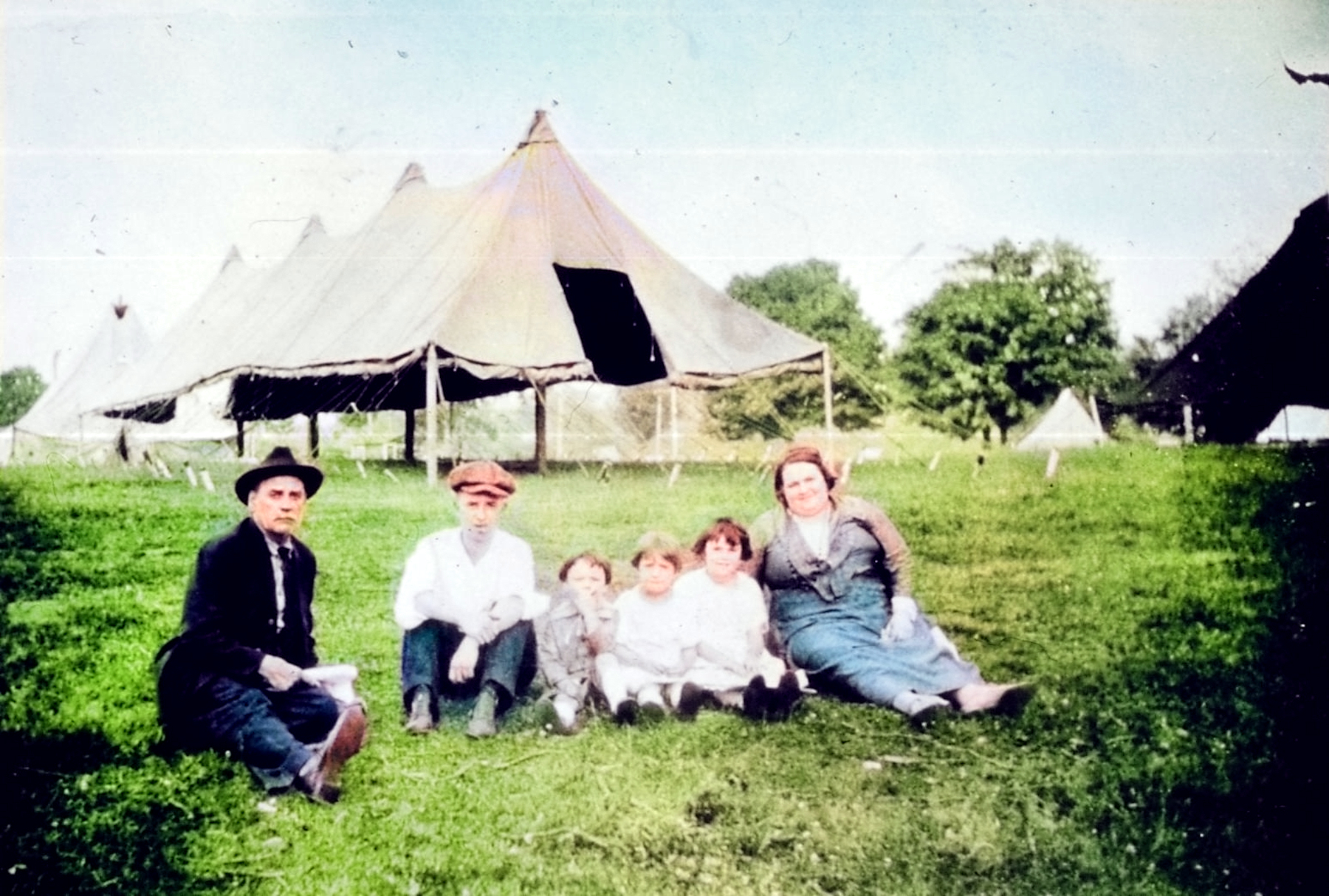
|
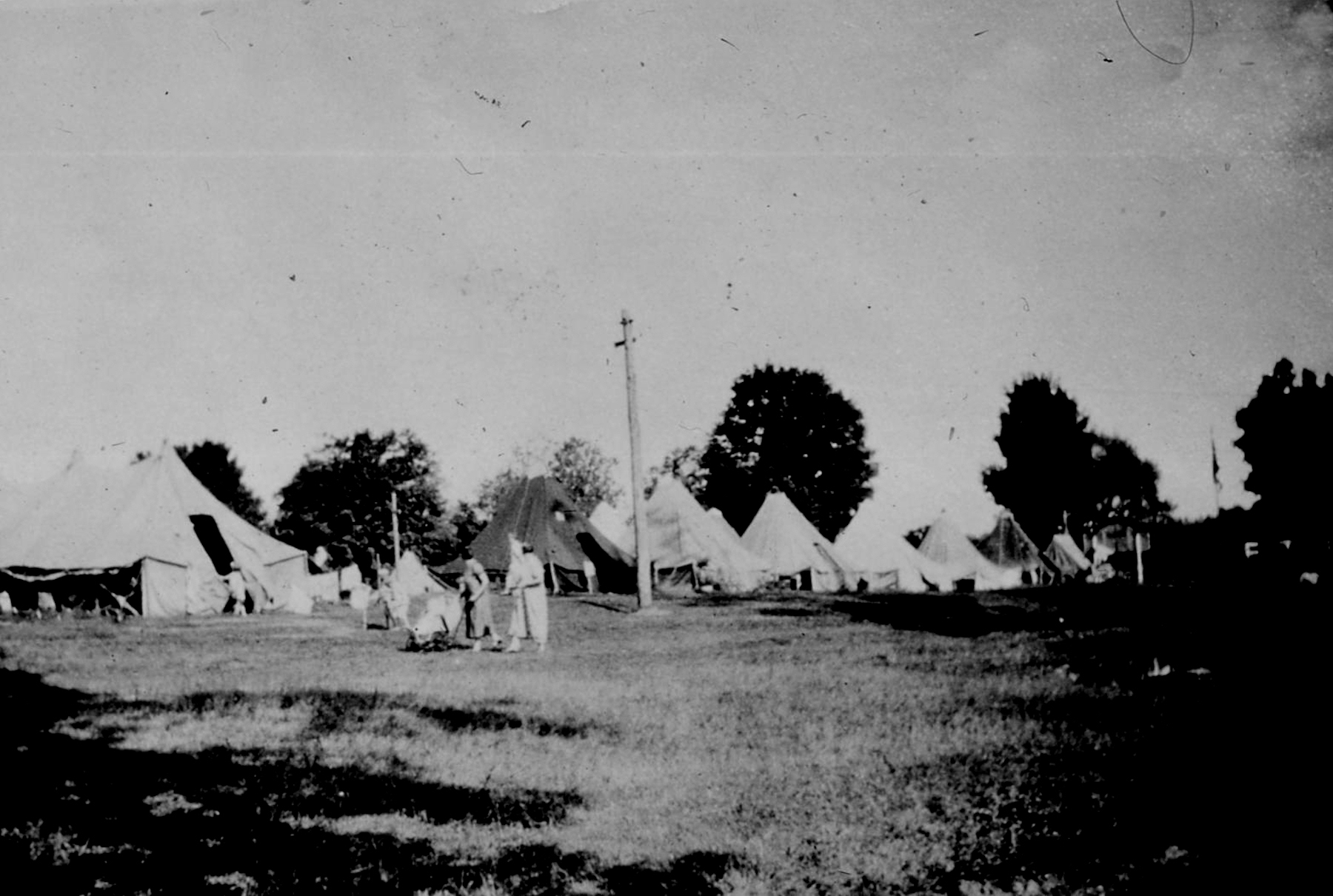
ATCO's 1925
StrikeSome
twenty tents were erected and the official
opening of the “tent city” took place on July 7
when William Green of Washington, D.C., national
president of the American Federation of Labor
delivered an address to the local strikers. For
a time some of the tents were occupied by
families of
strikers.
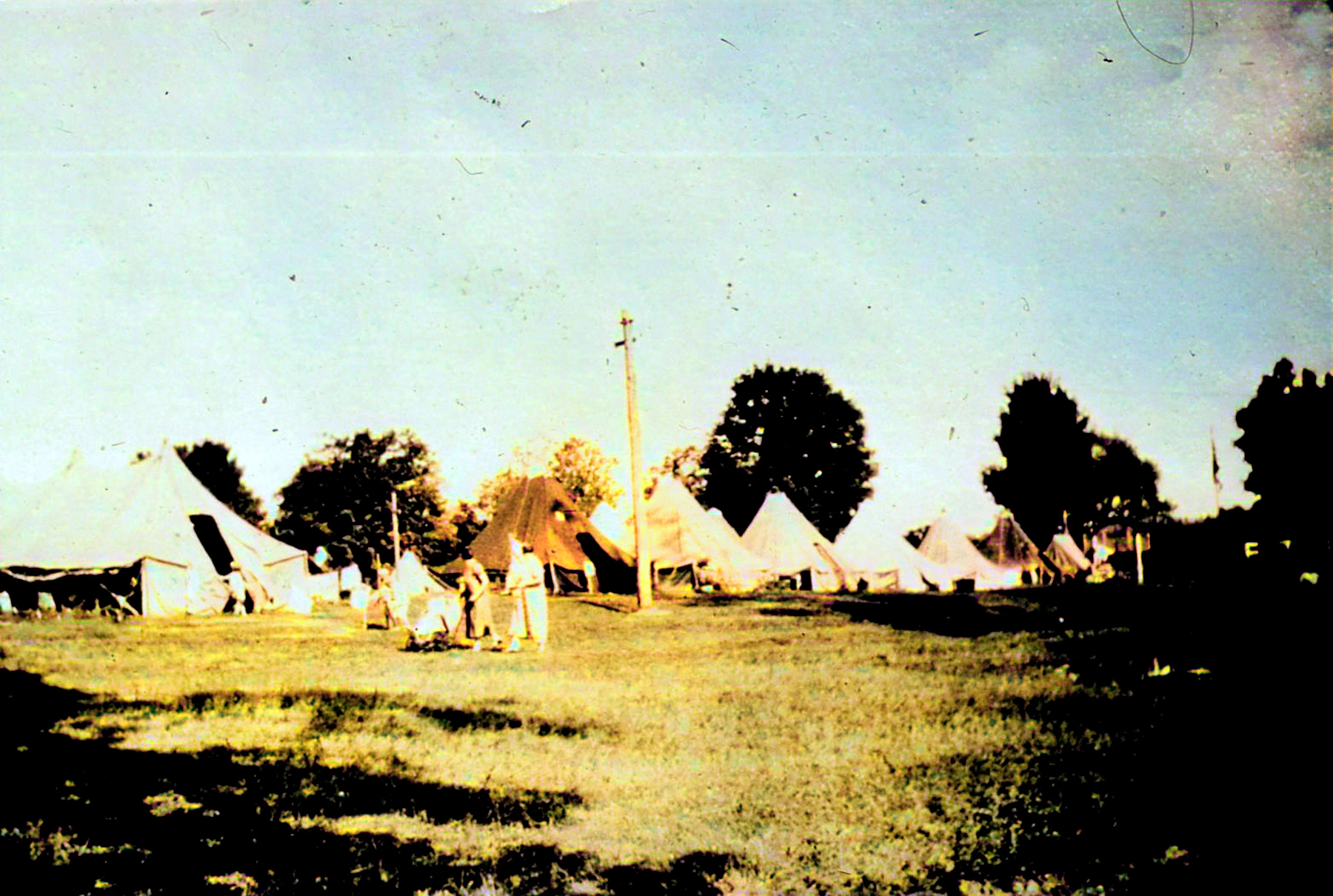 |
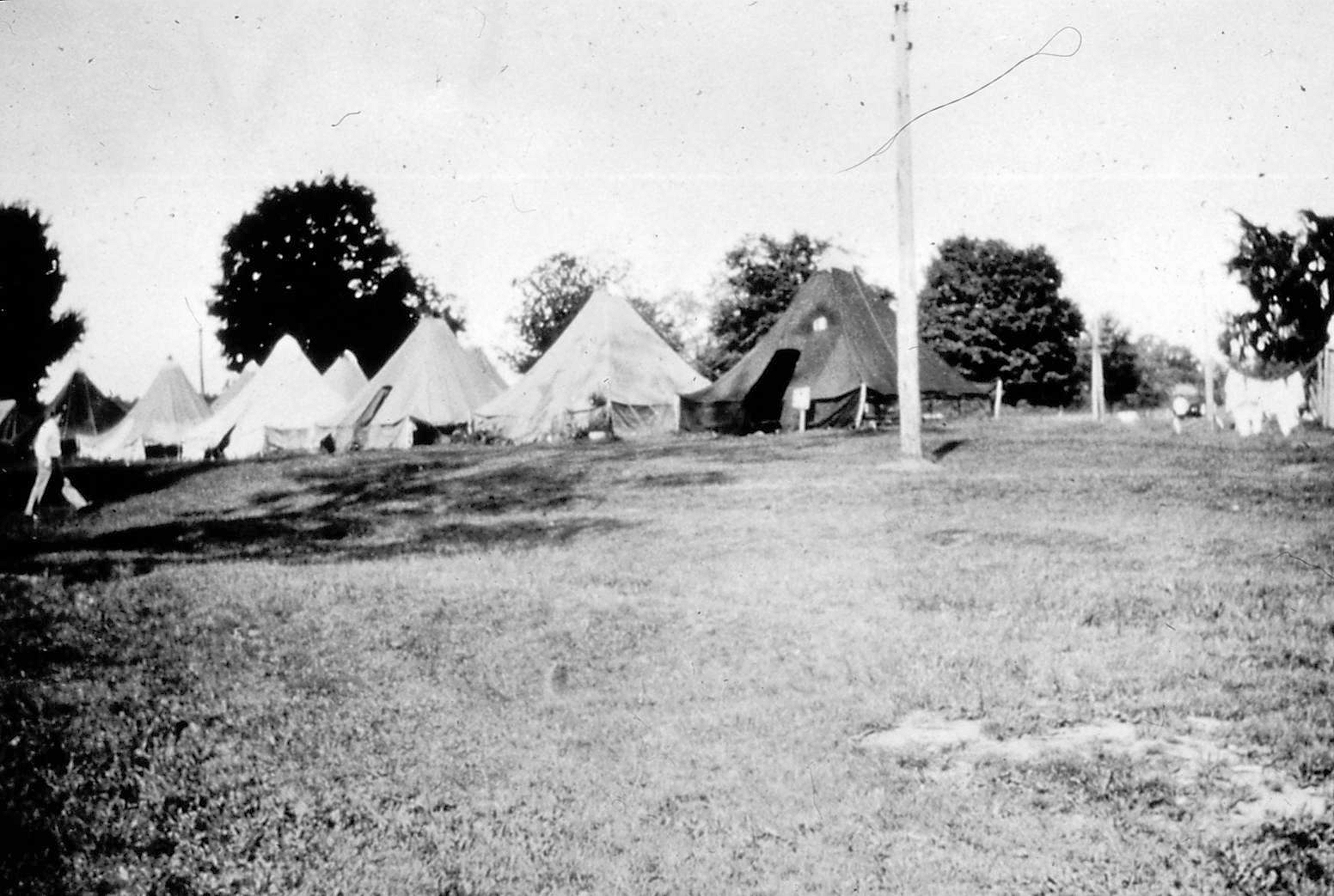
ATCO's 1925 StrikeWith
the chilling frosts of September the tents
gradually became depopulated. Miss Mary Kelleher
was notified from national headquarters of the
United Textile Workers to have the tents taken
down and stored away.
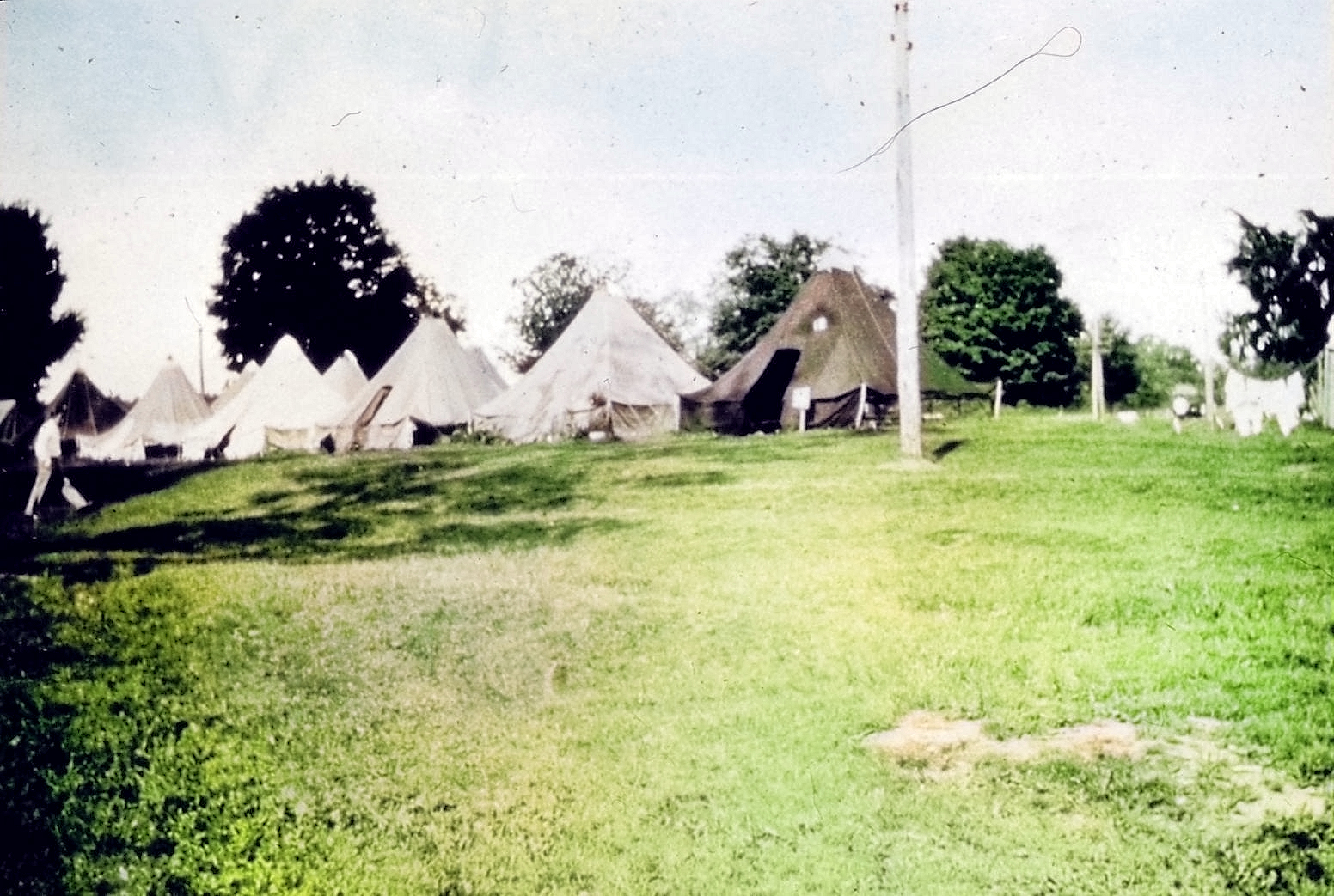 |
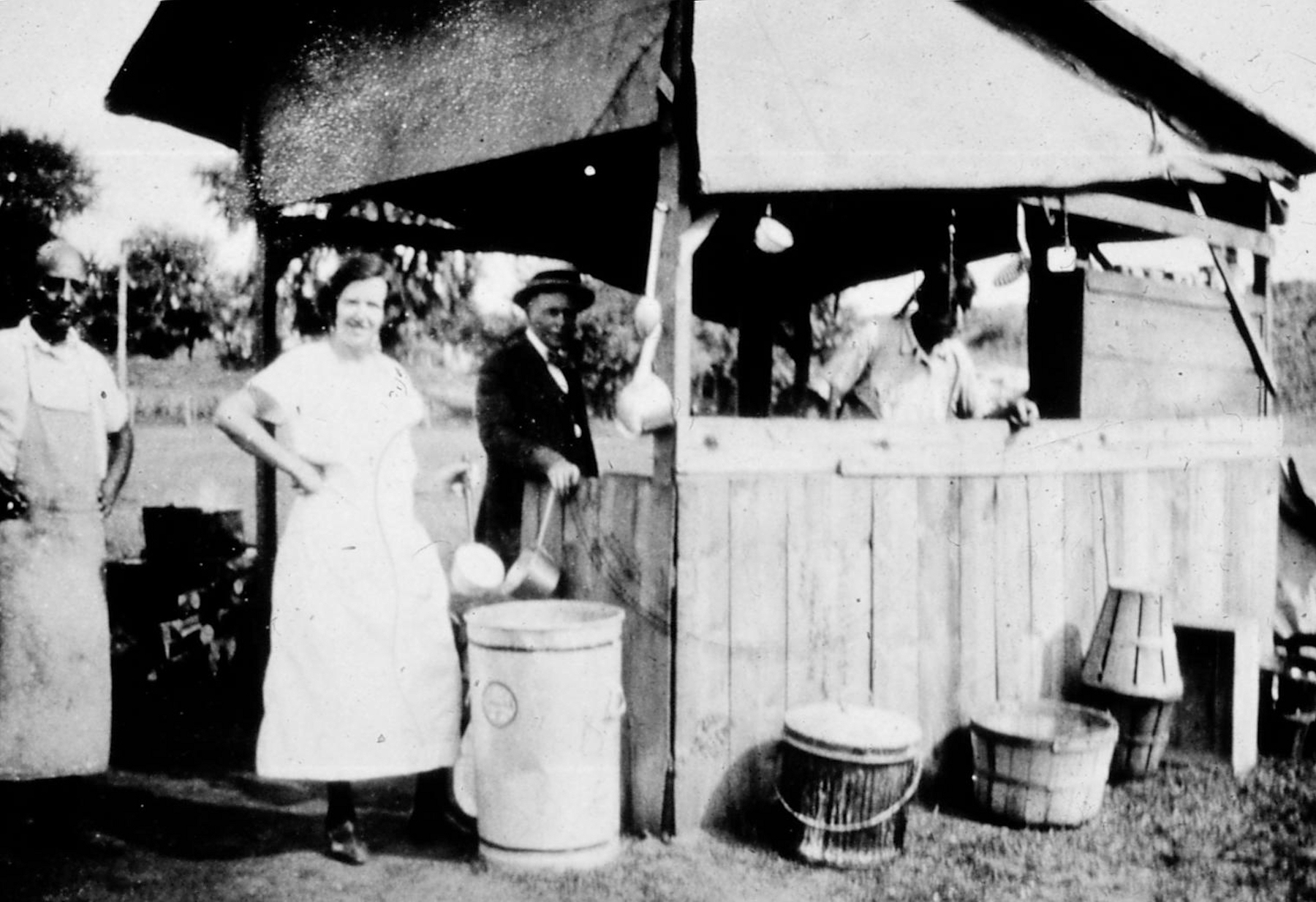
ATCO's 1925 Strike
The
tented city's soup kitchen
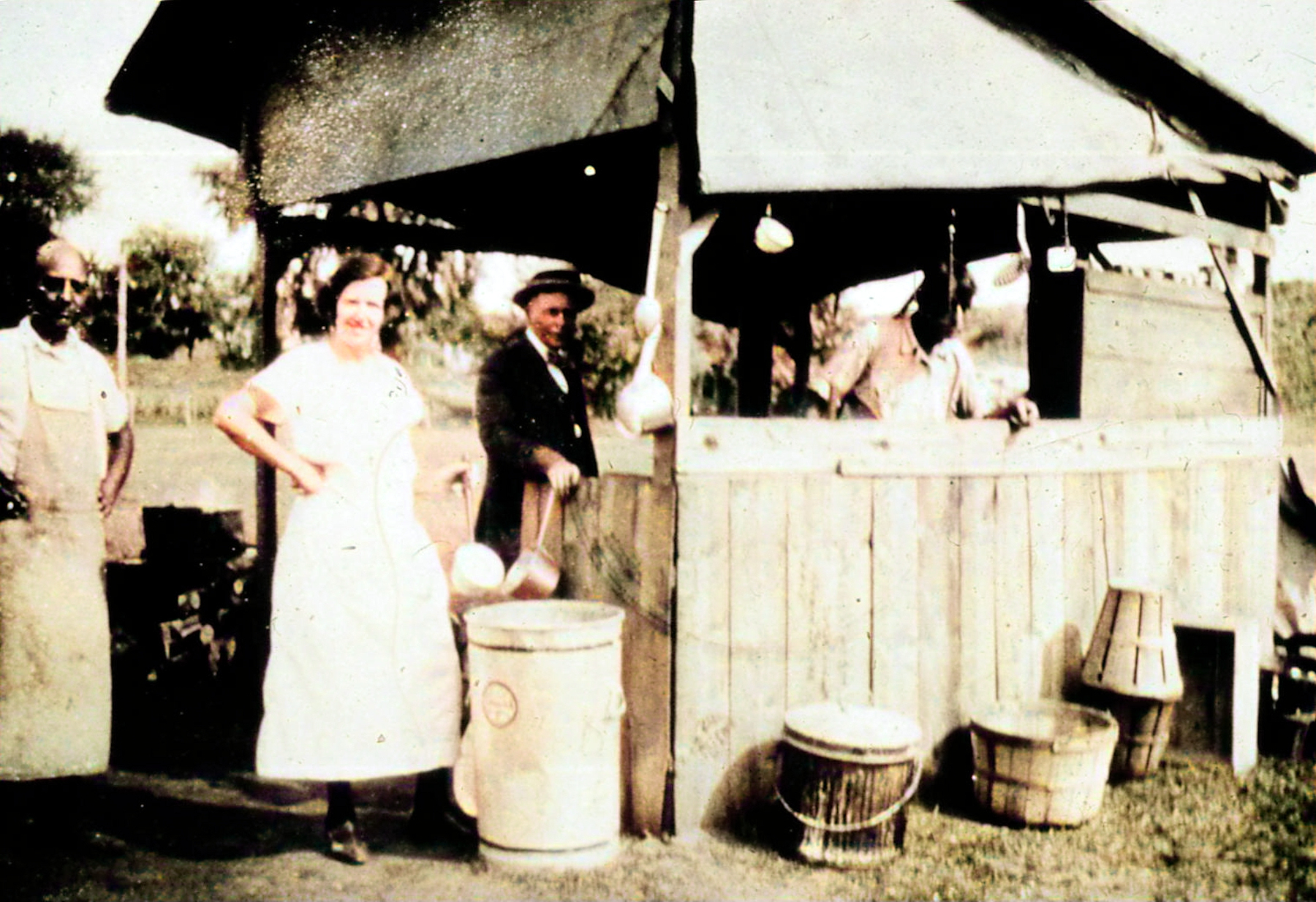
|
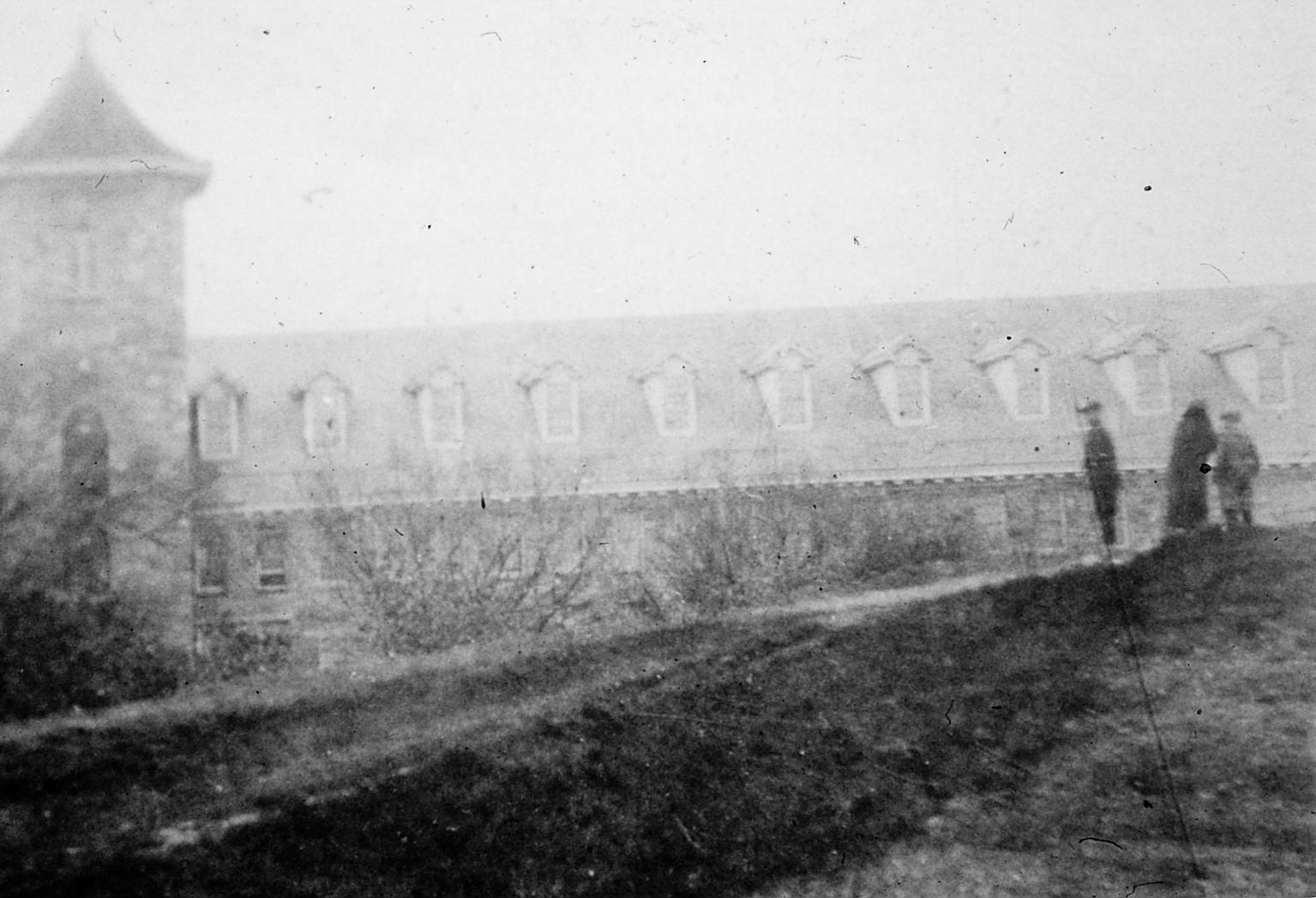
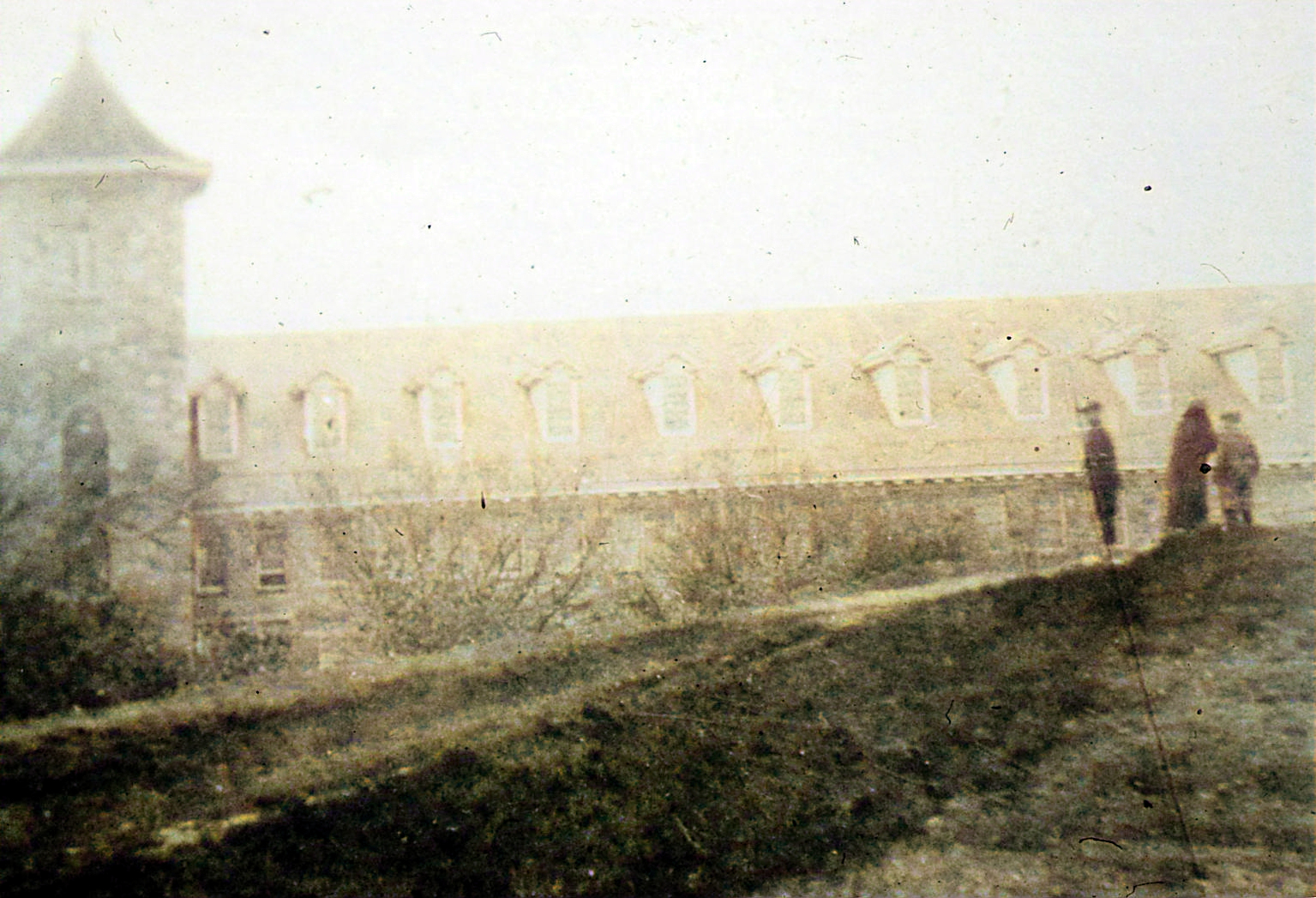 |
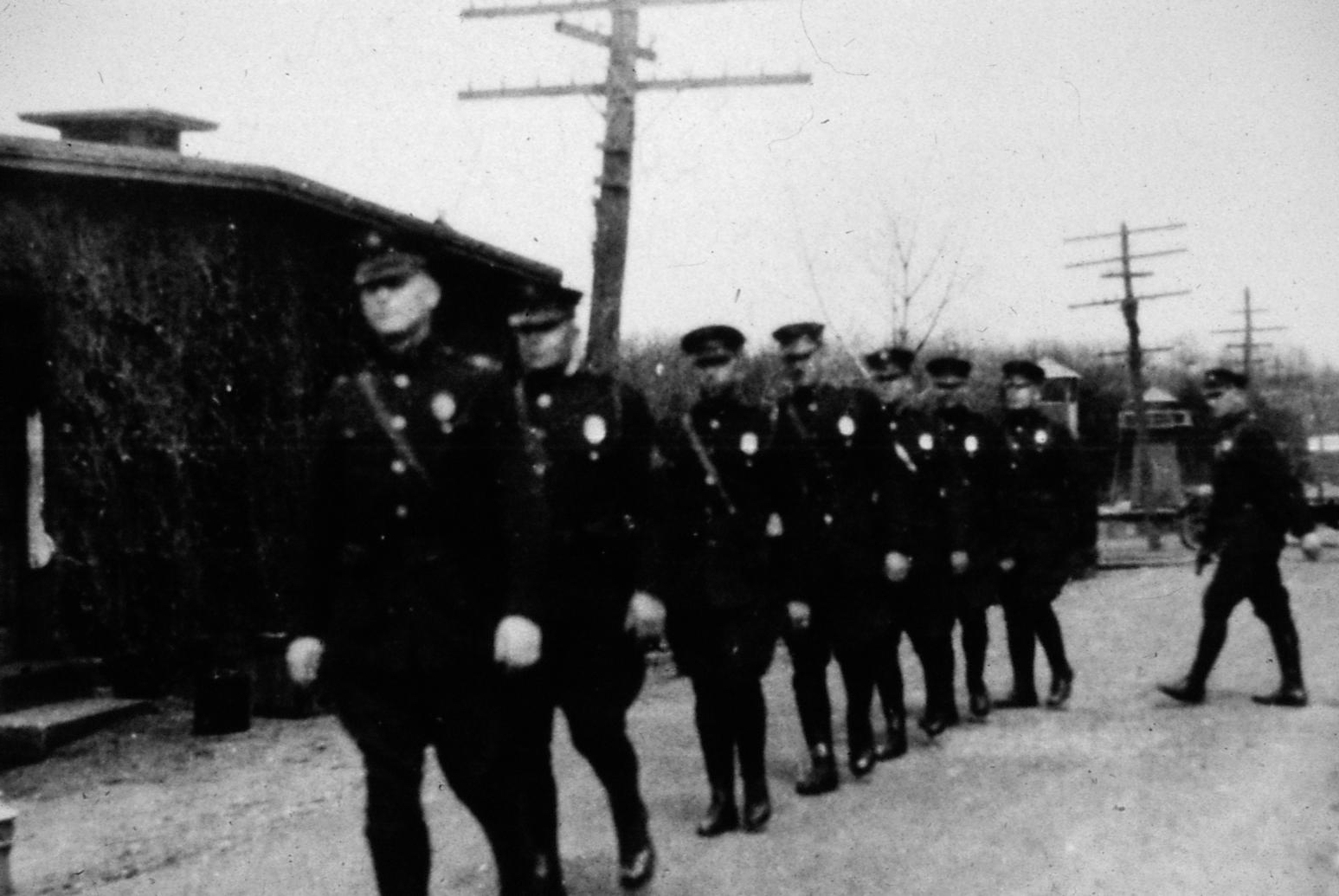
ATCO's 1925 StrikeBy
May 9, State Police were called in to assist
local police. Twelve state police from the
Danielson and Stafford Springs barracks and six
local police were detailed to provide control of
the crowds, the lines of march and the meetings.
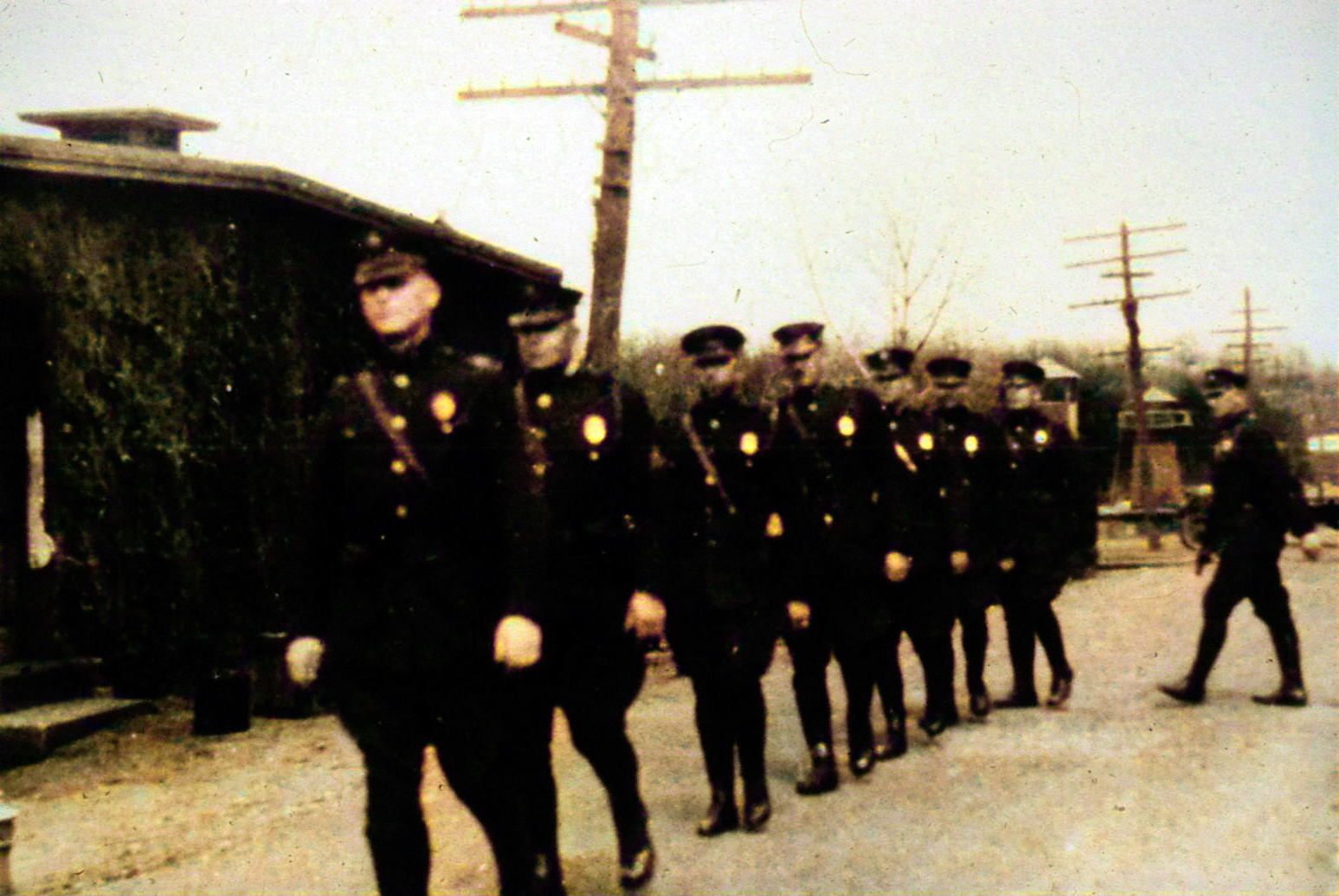 |
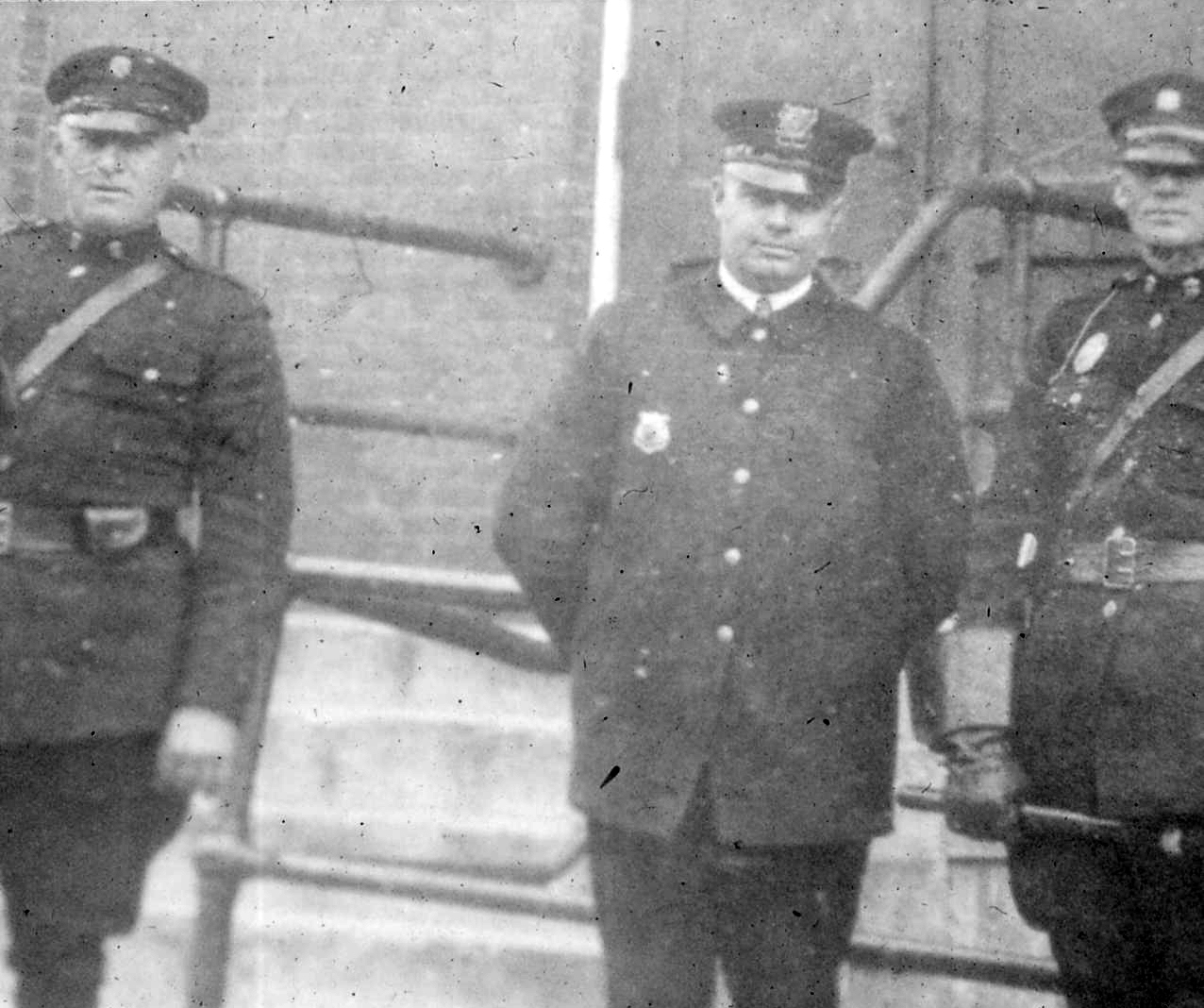
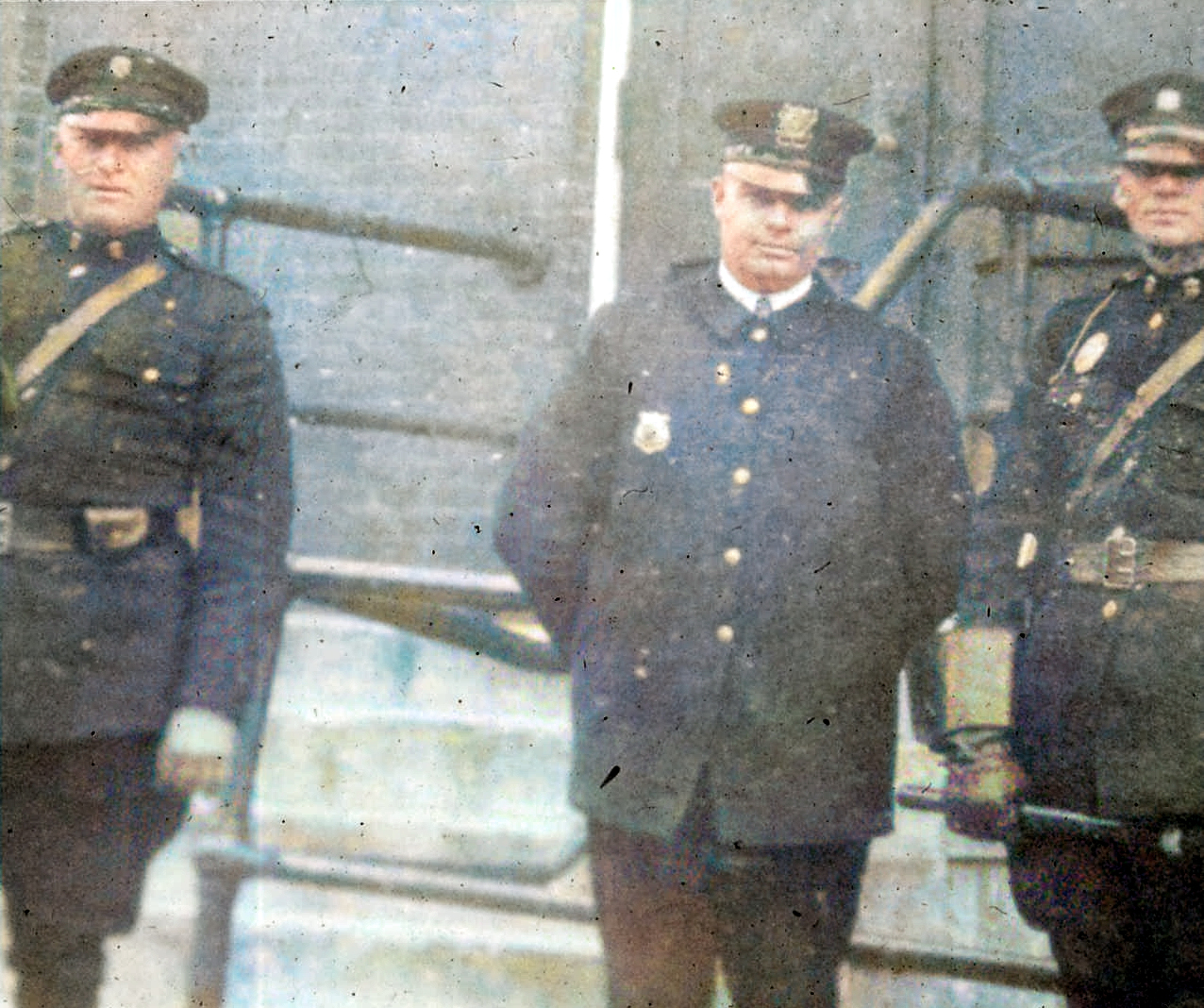 |
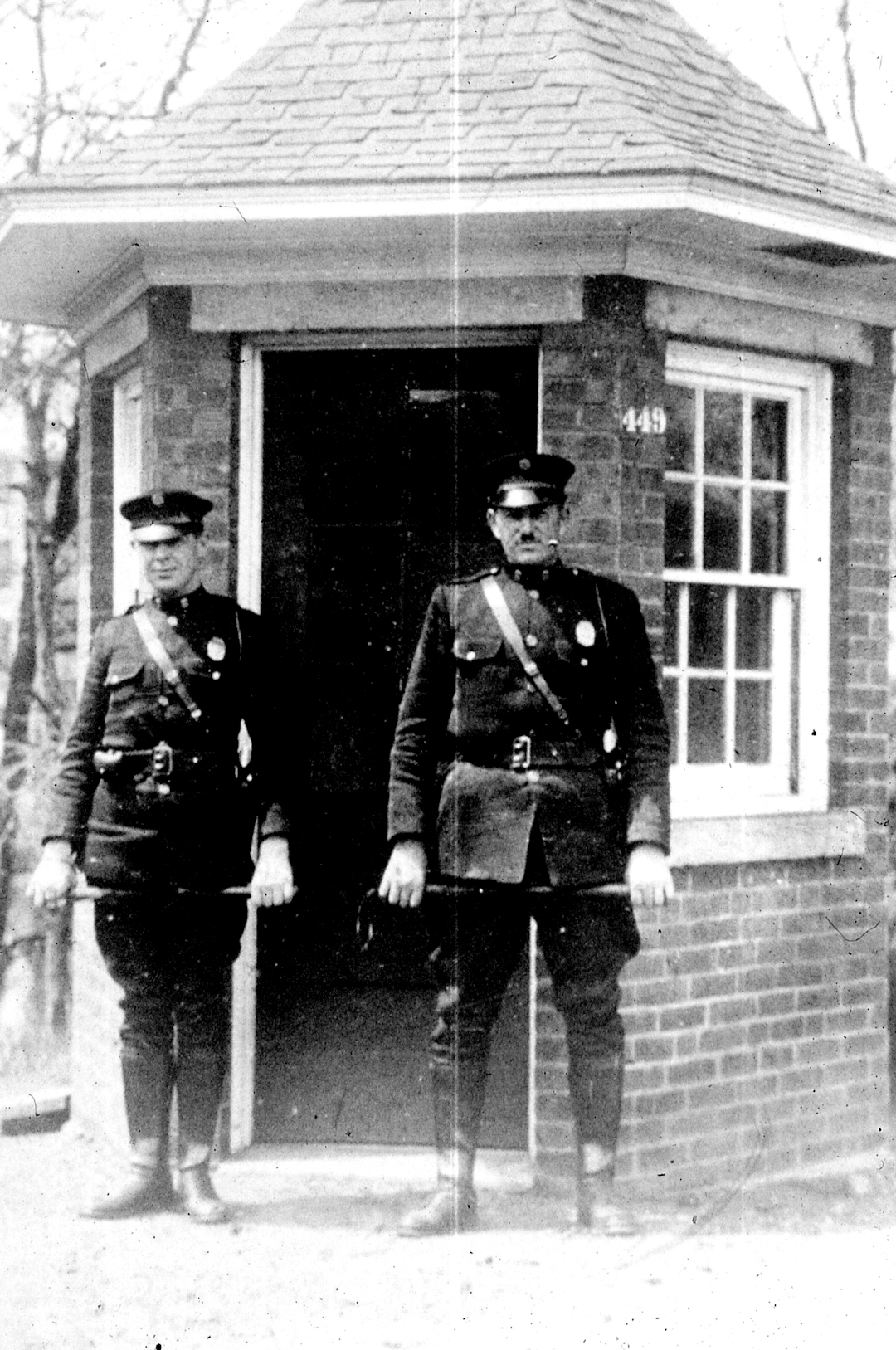 One
of the duties assigned to the State Police was
the protection of those workers who did not join
in the strike. There were many instances of
clashes and near-clashes, especially in the area
of the mill's housing and the Elms Boarding
House. One
of the duties assigned to the State Police was
the protection of those workers who did not join
in the strike. There were many instances of
clashes and near-clashes, especially in the area
of the mill's housing and the Elms Boarding
House.
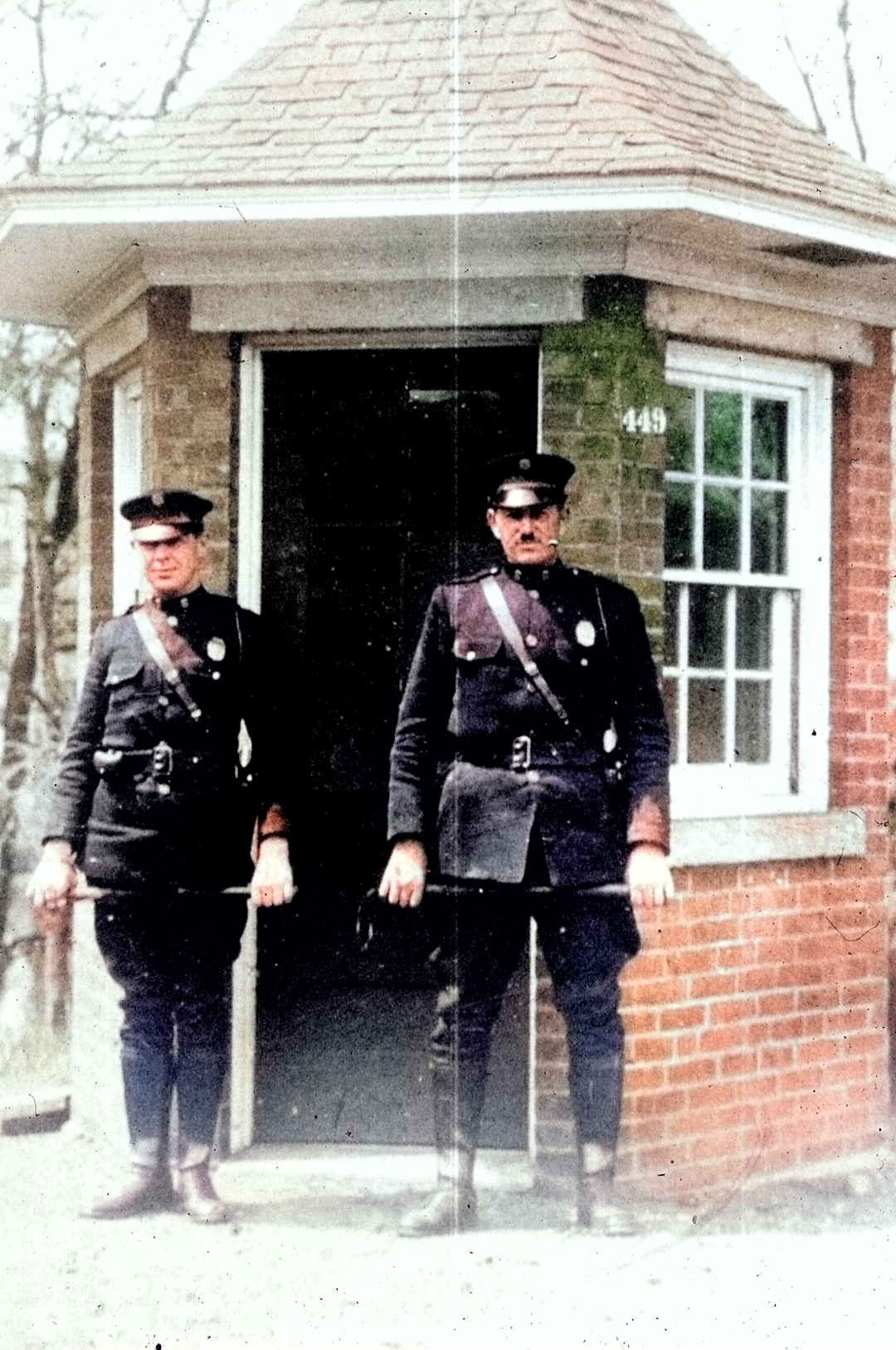
|
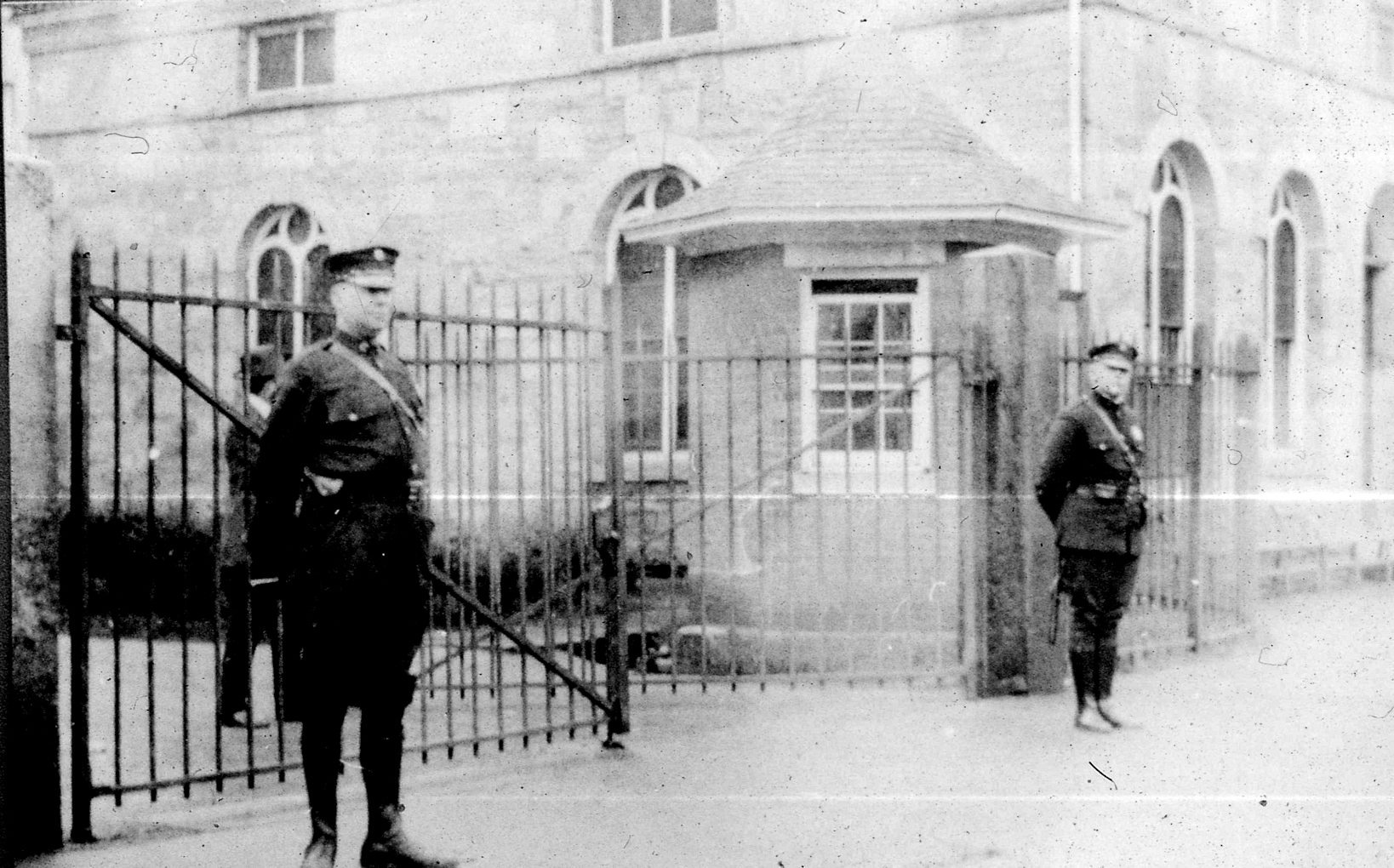
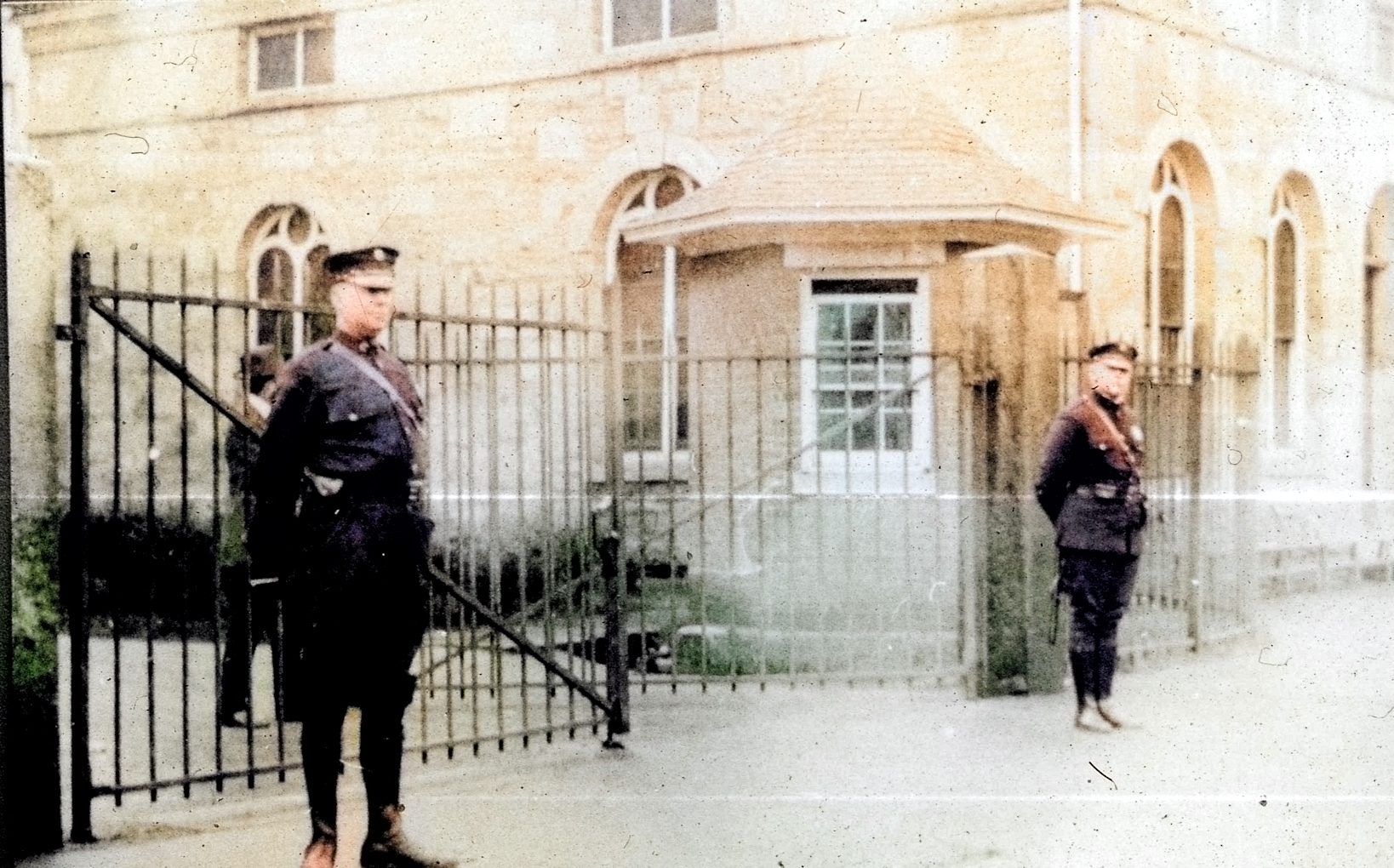 |
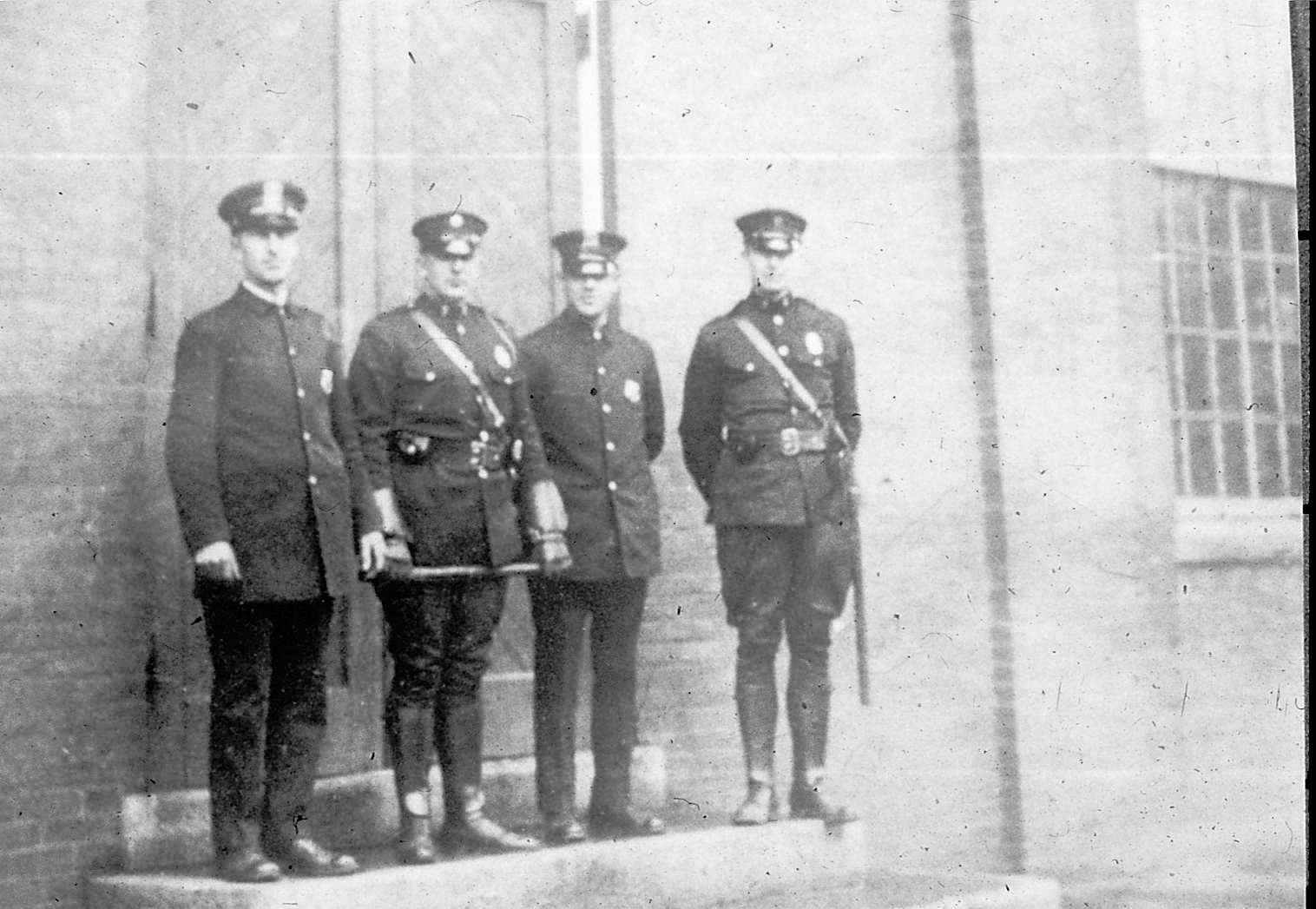
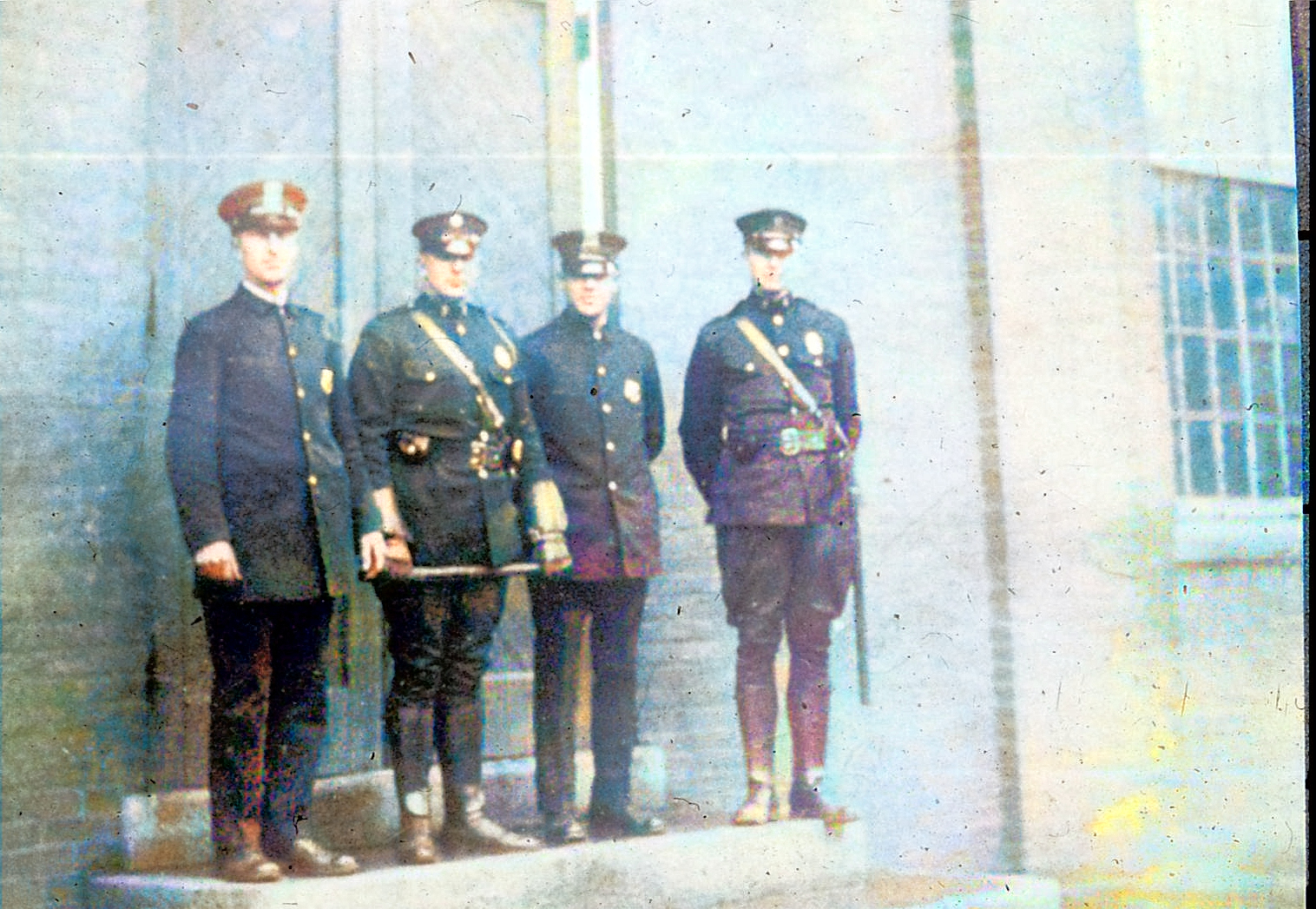 |
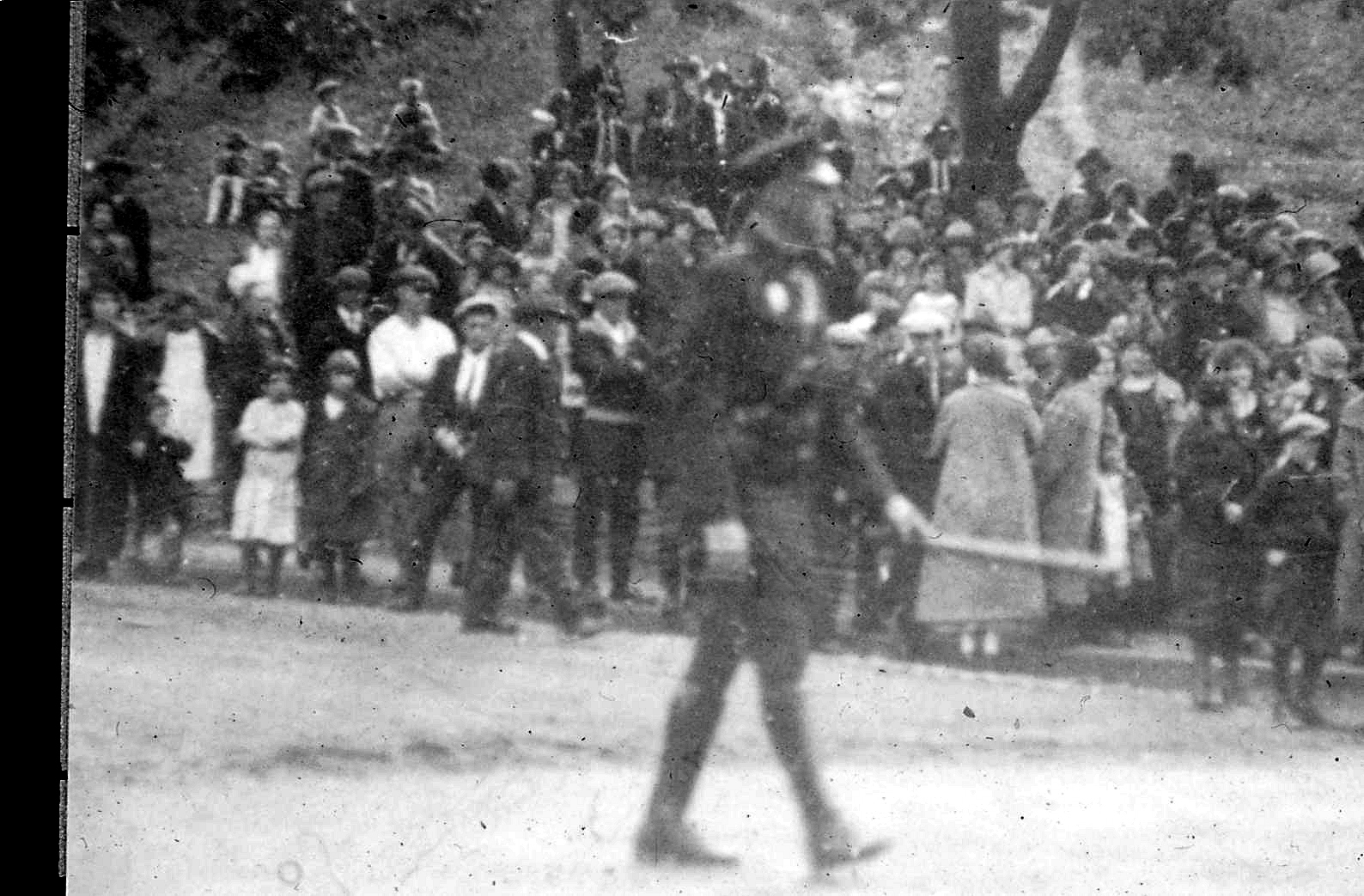
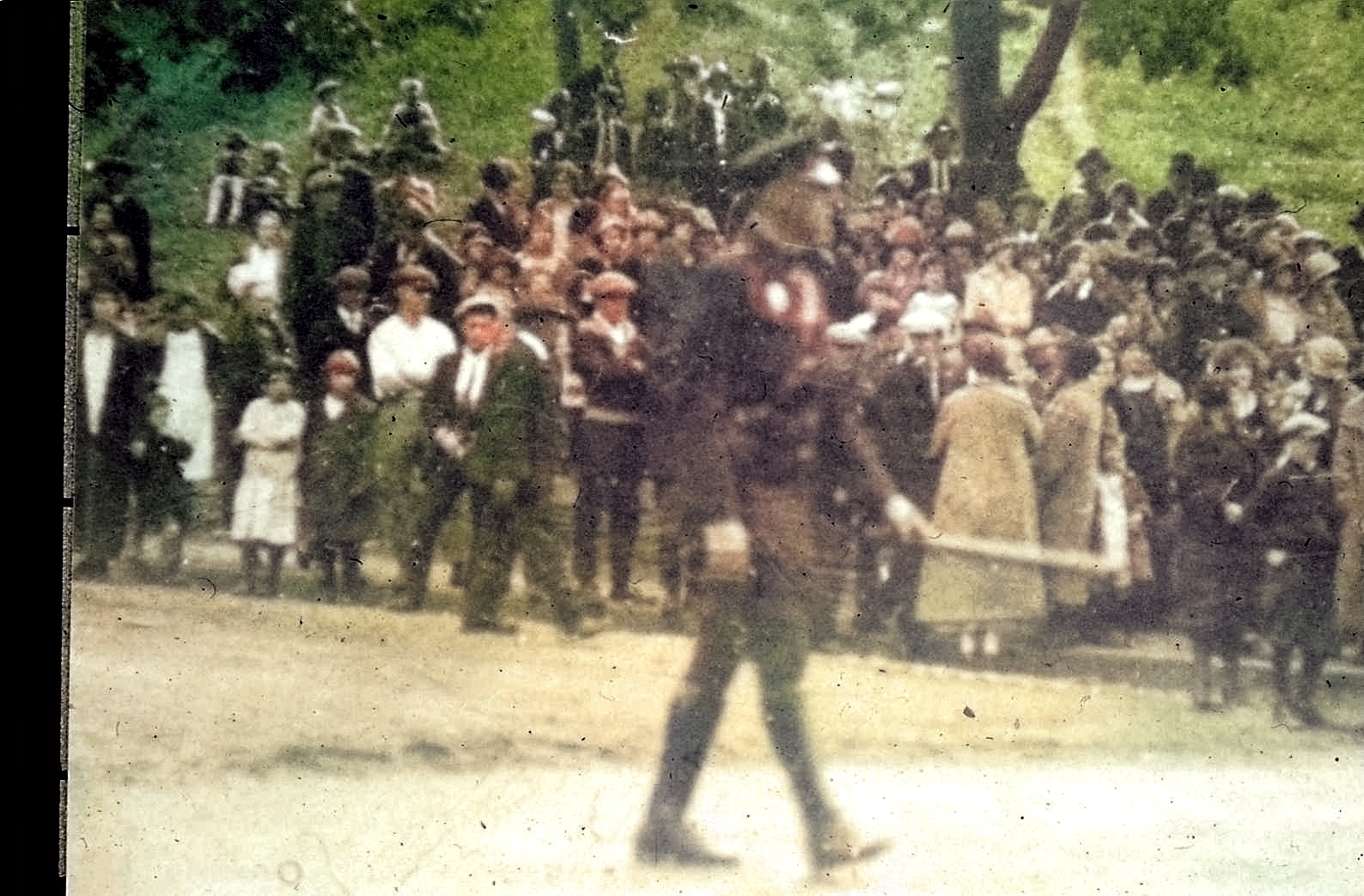 |
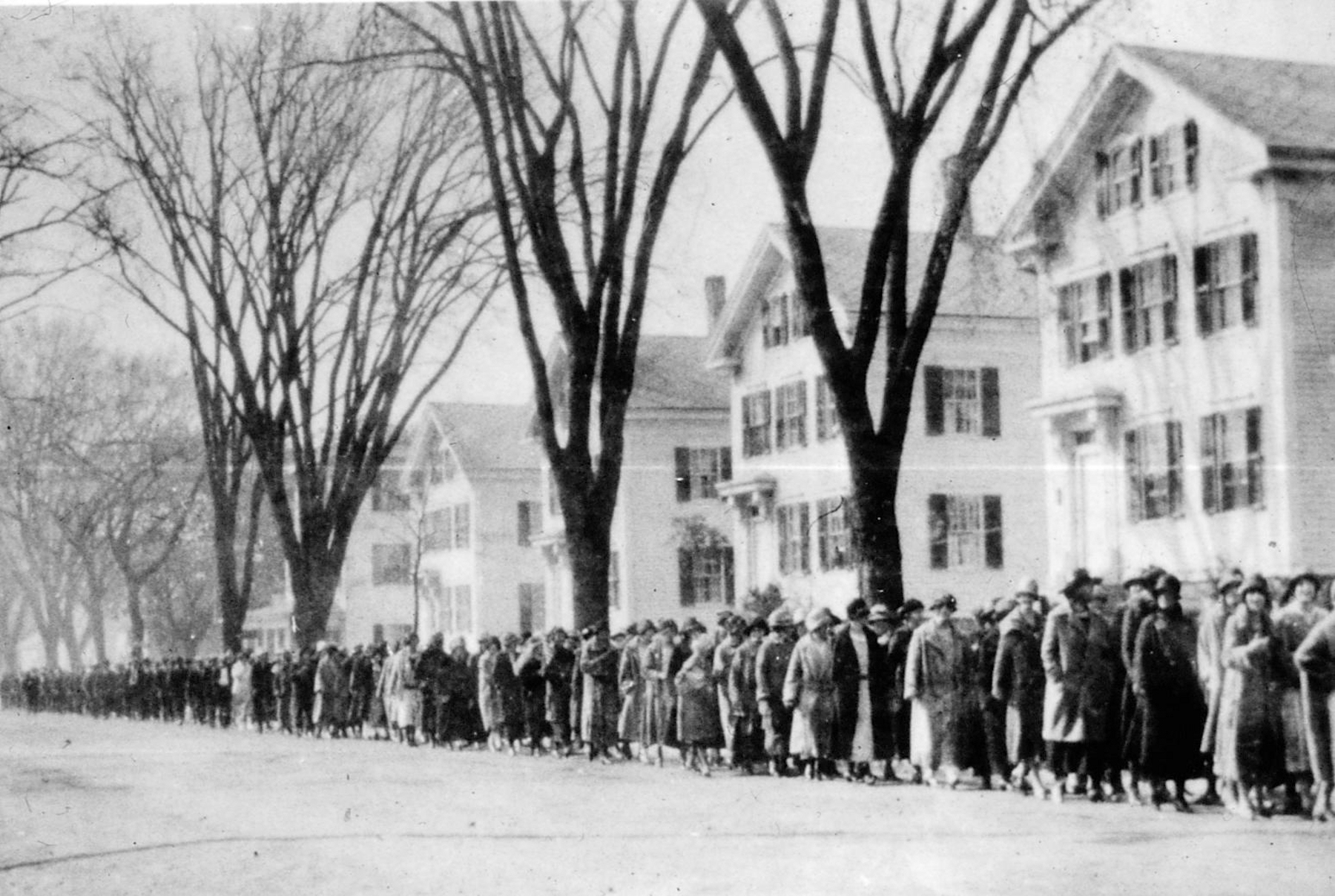
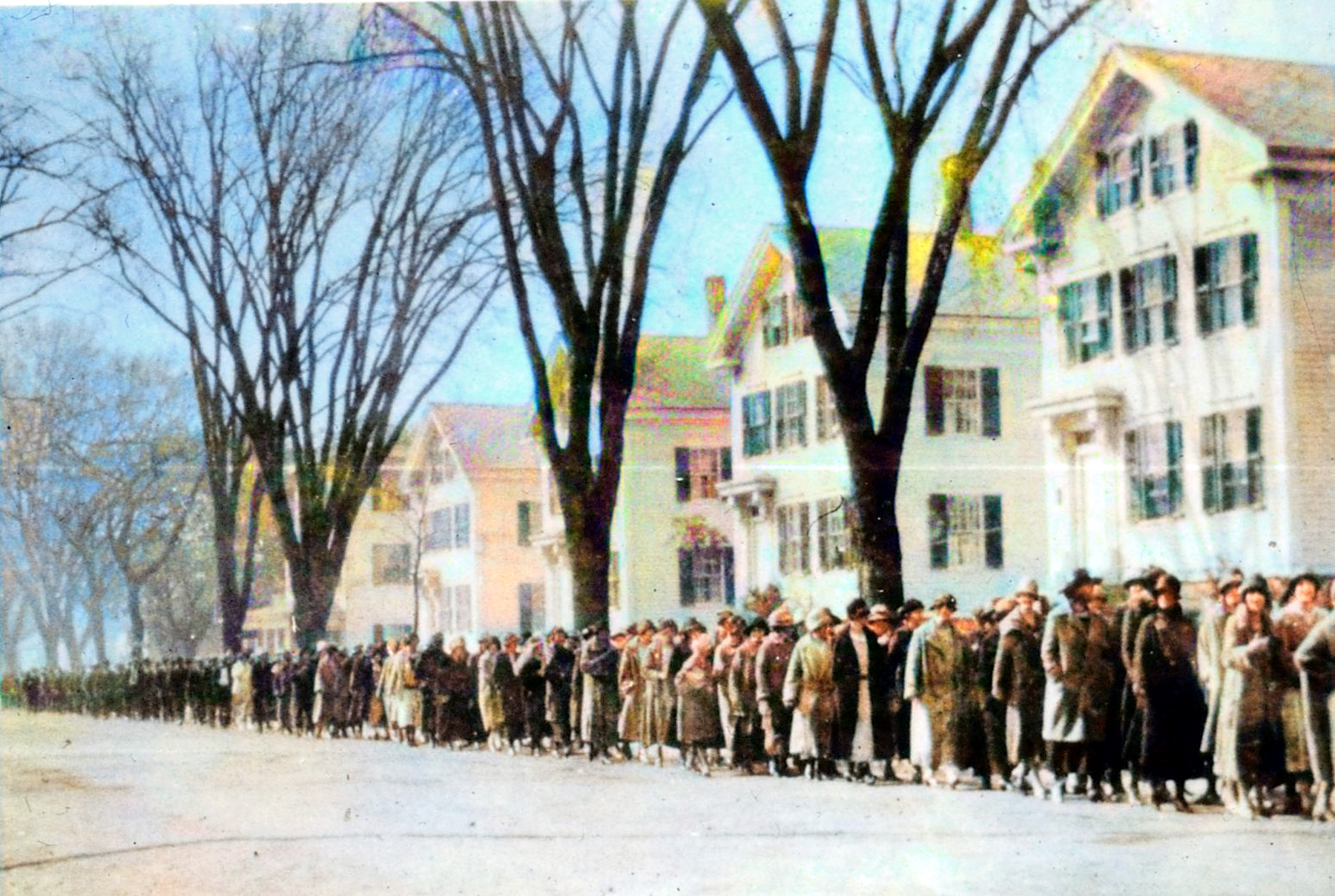 |
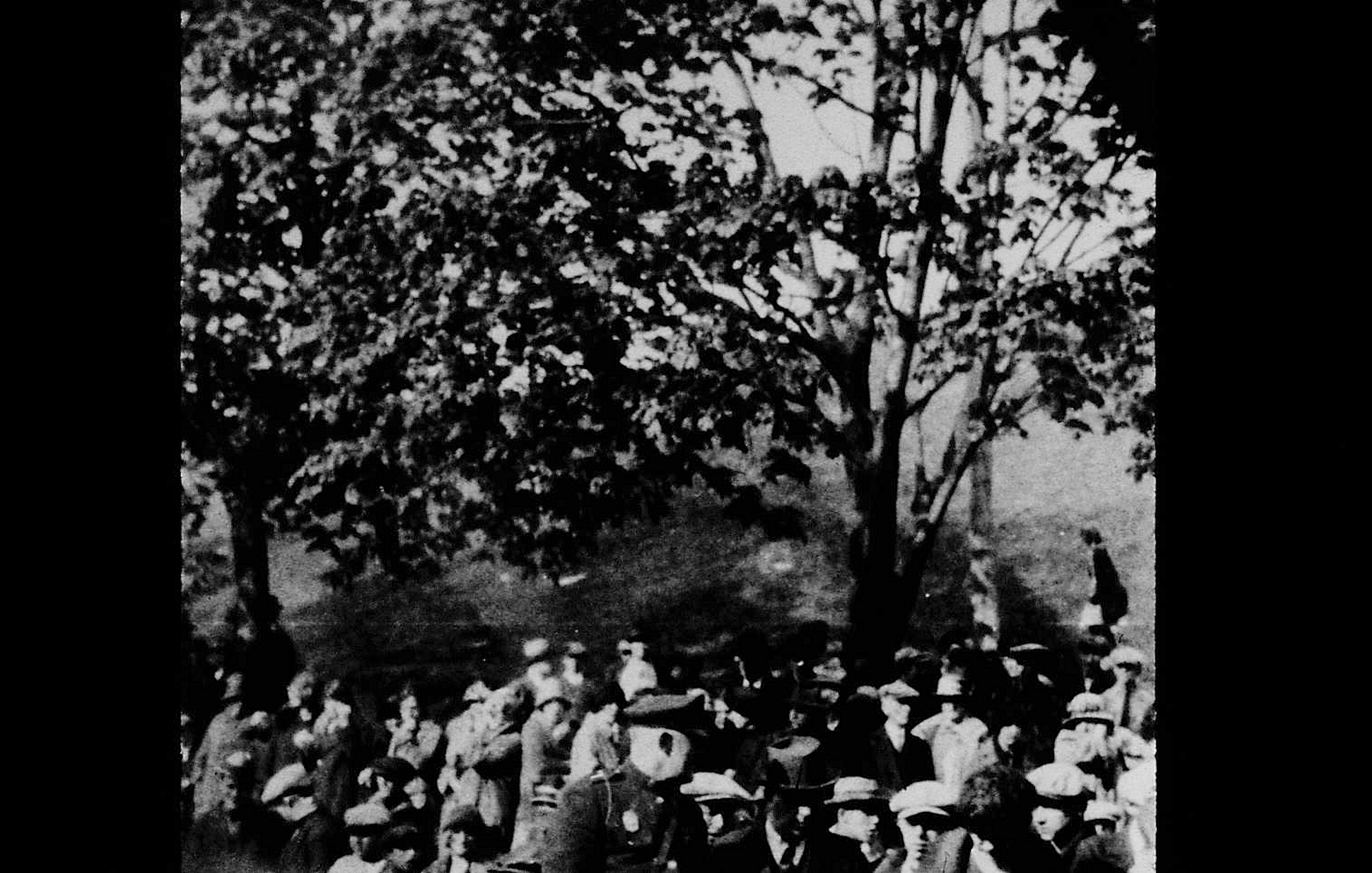
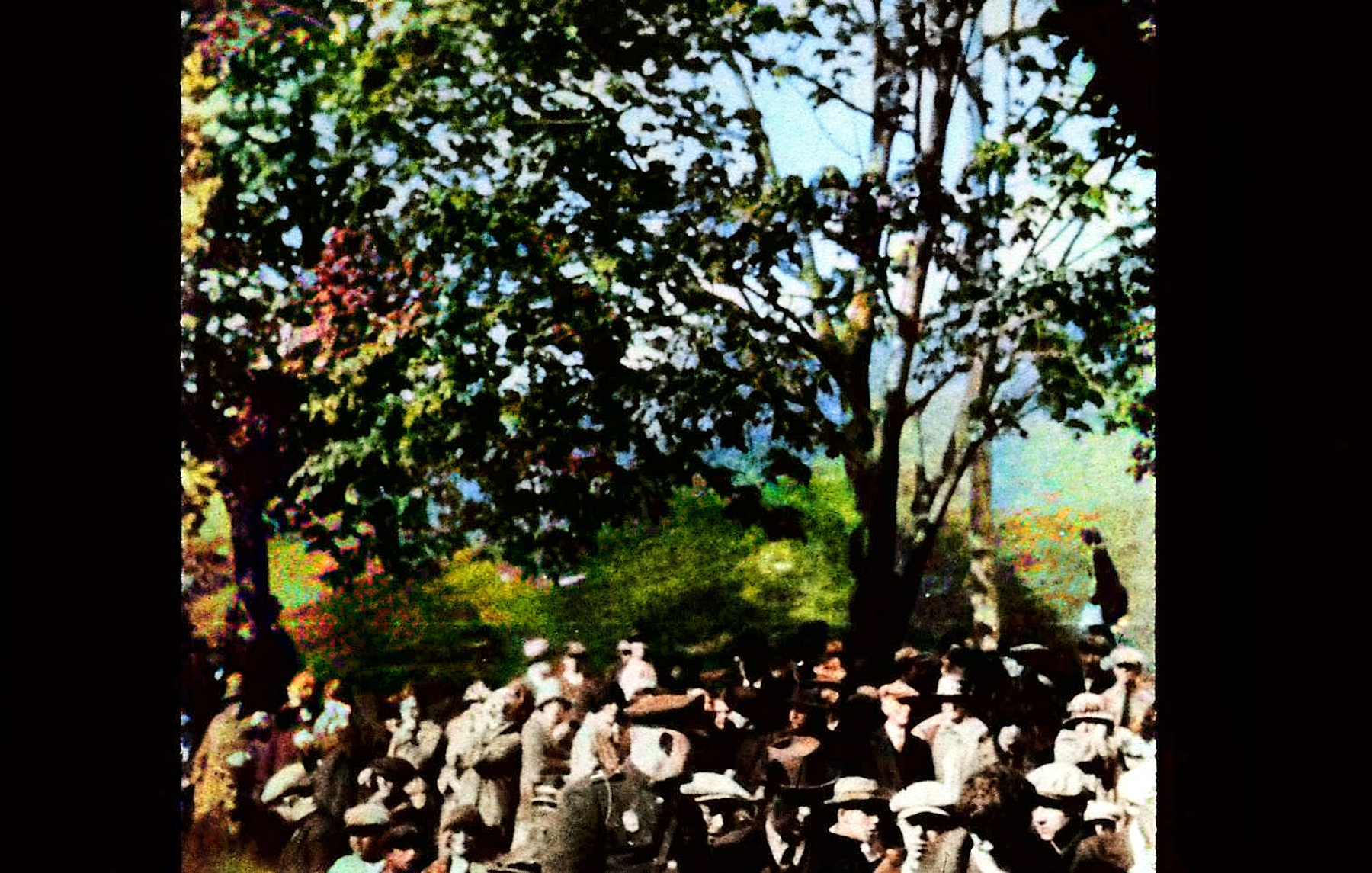 |
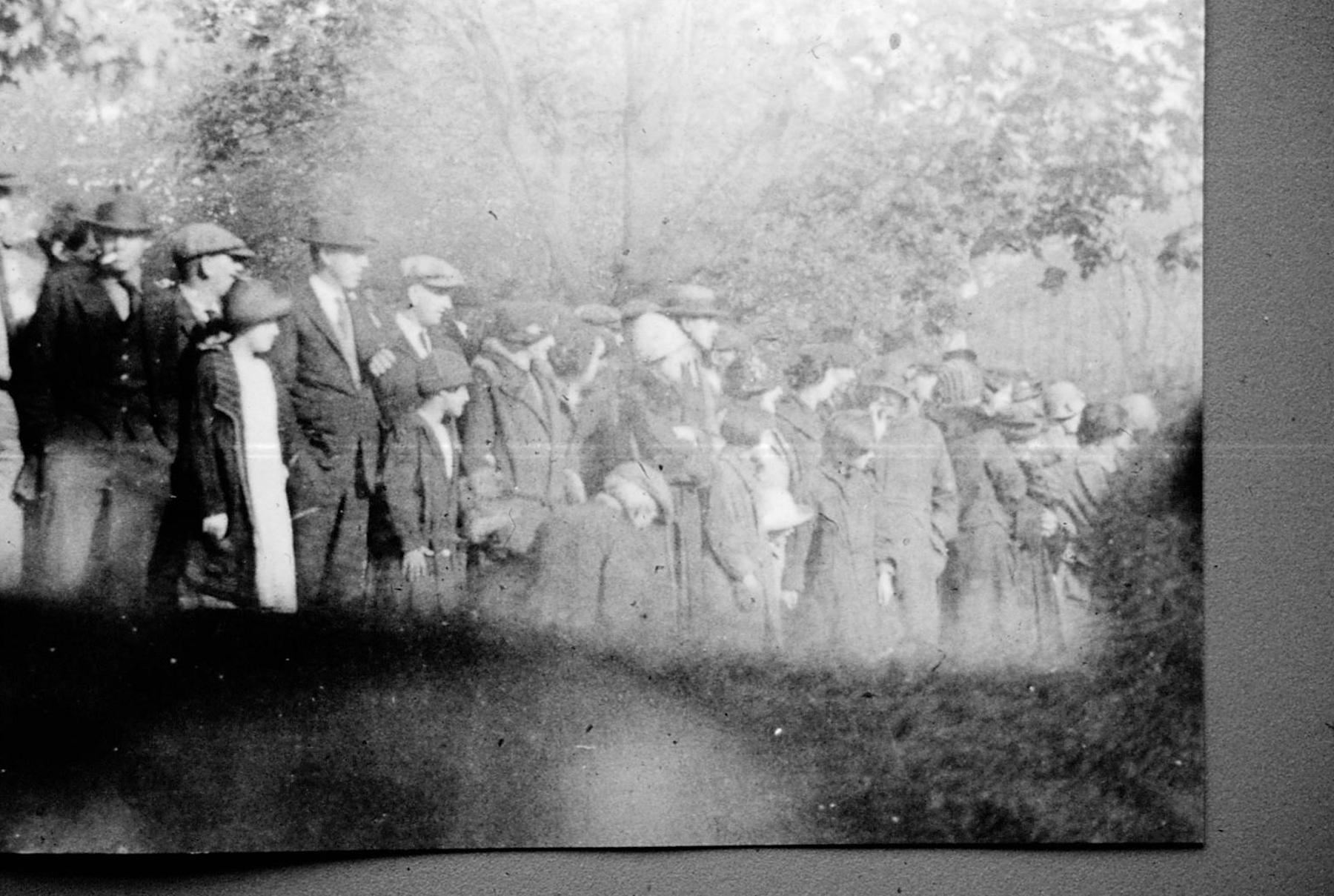
The strikers staged morning parades from Thread
Mill Square to the Gem Theatre where mass
meetings were held.
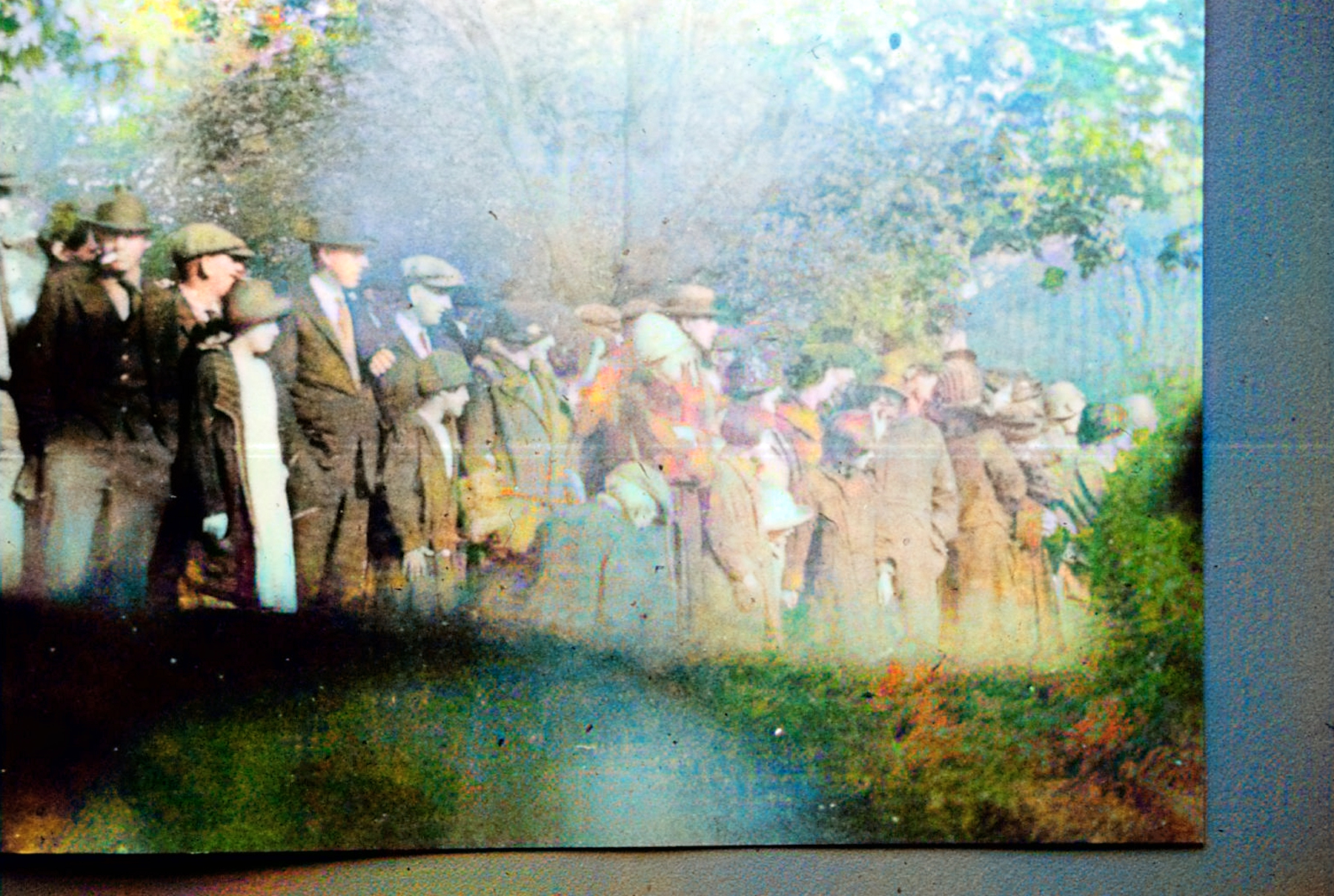
|
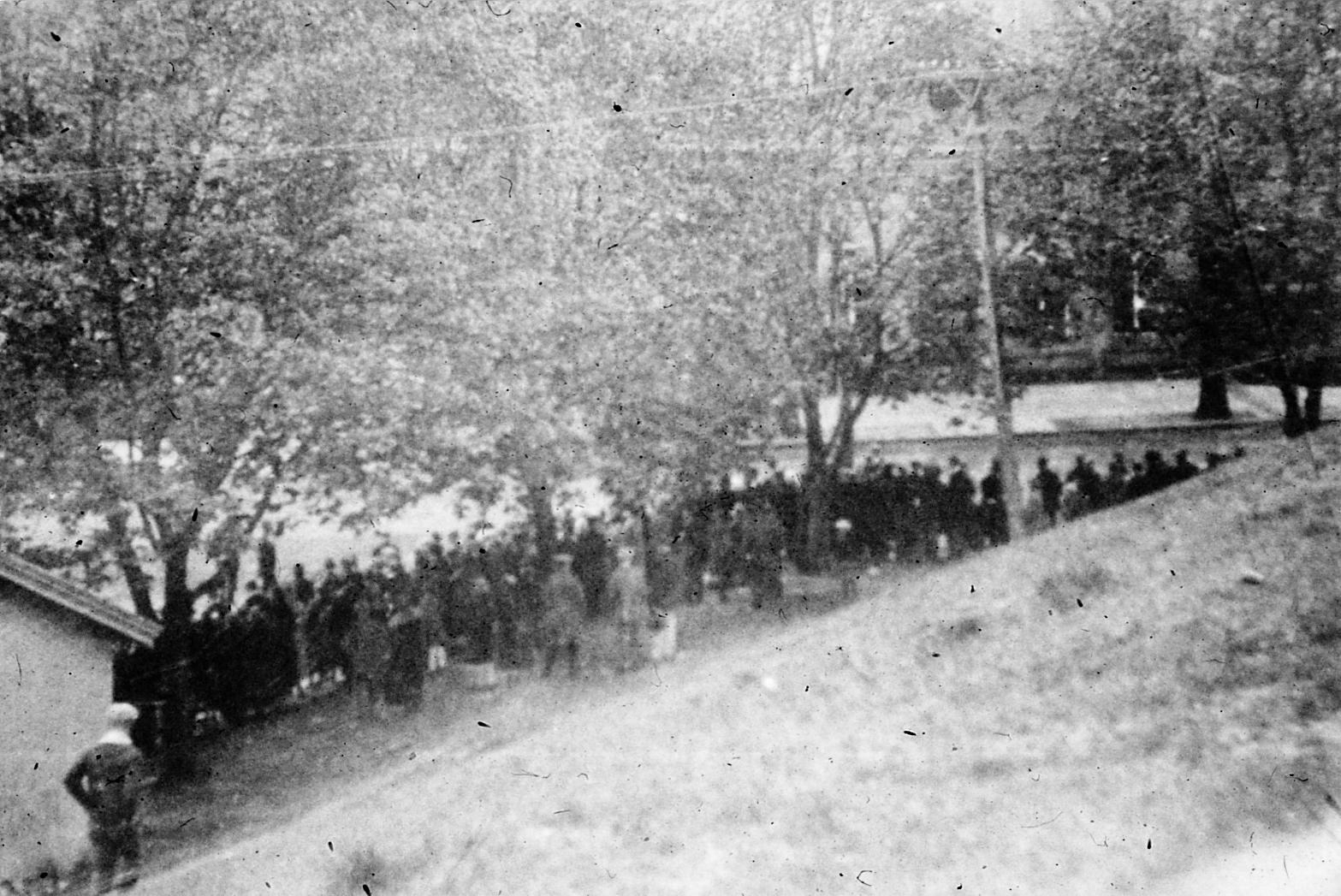
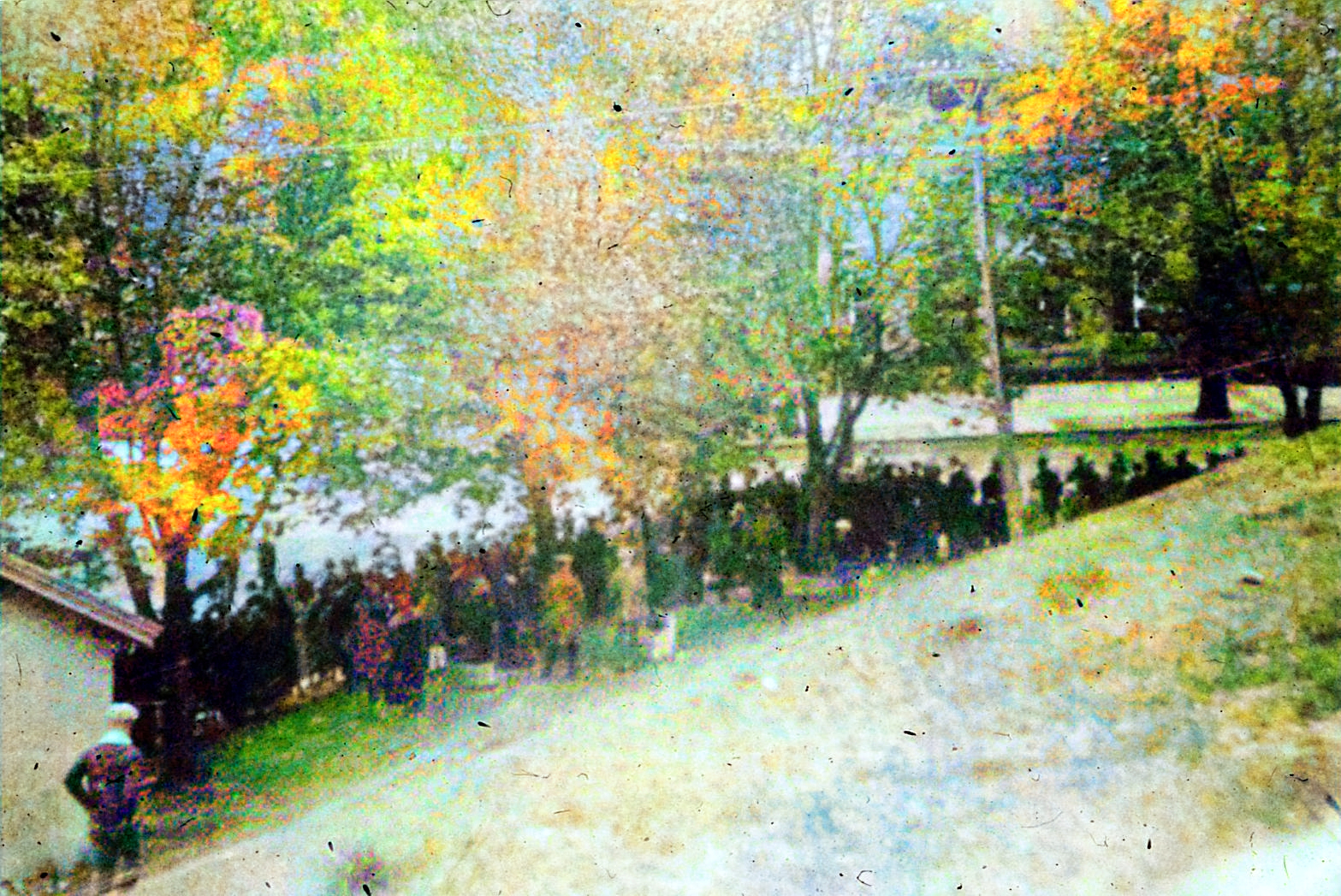 |
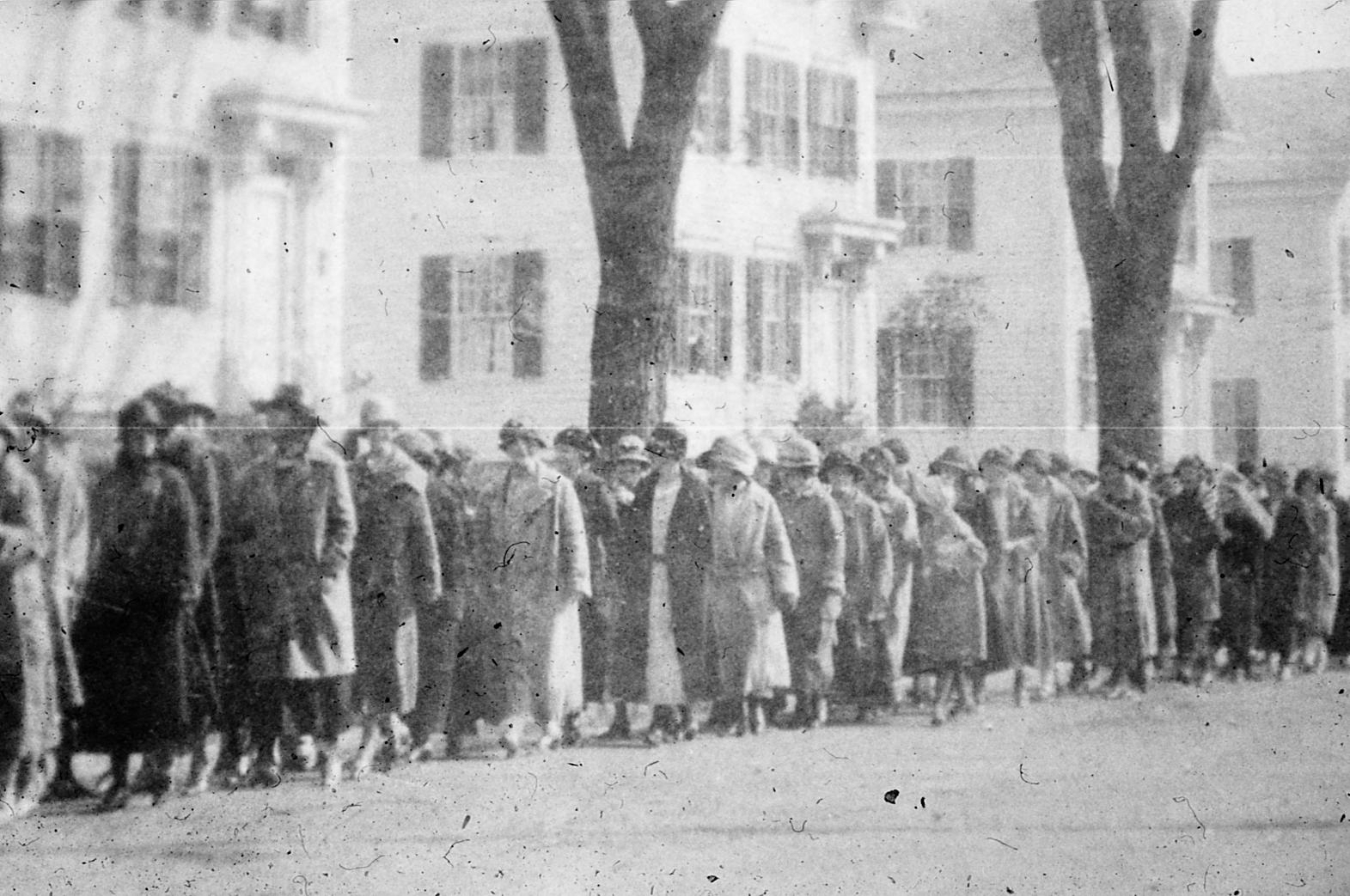
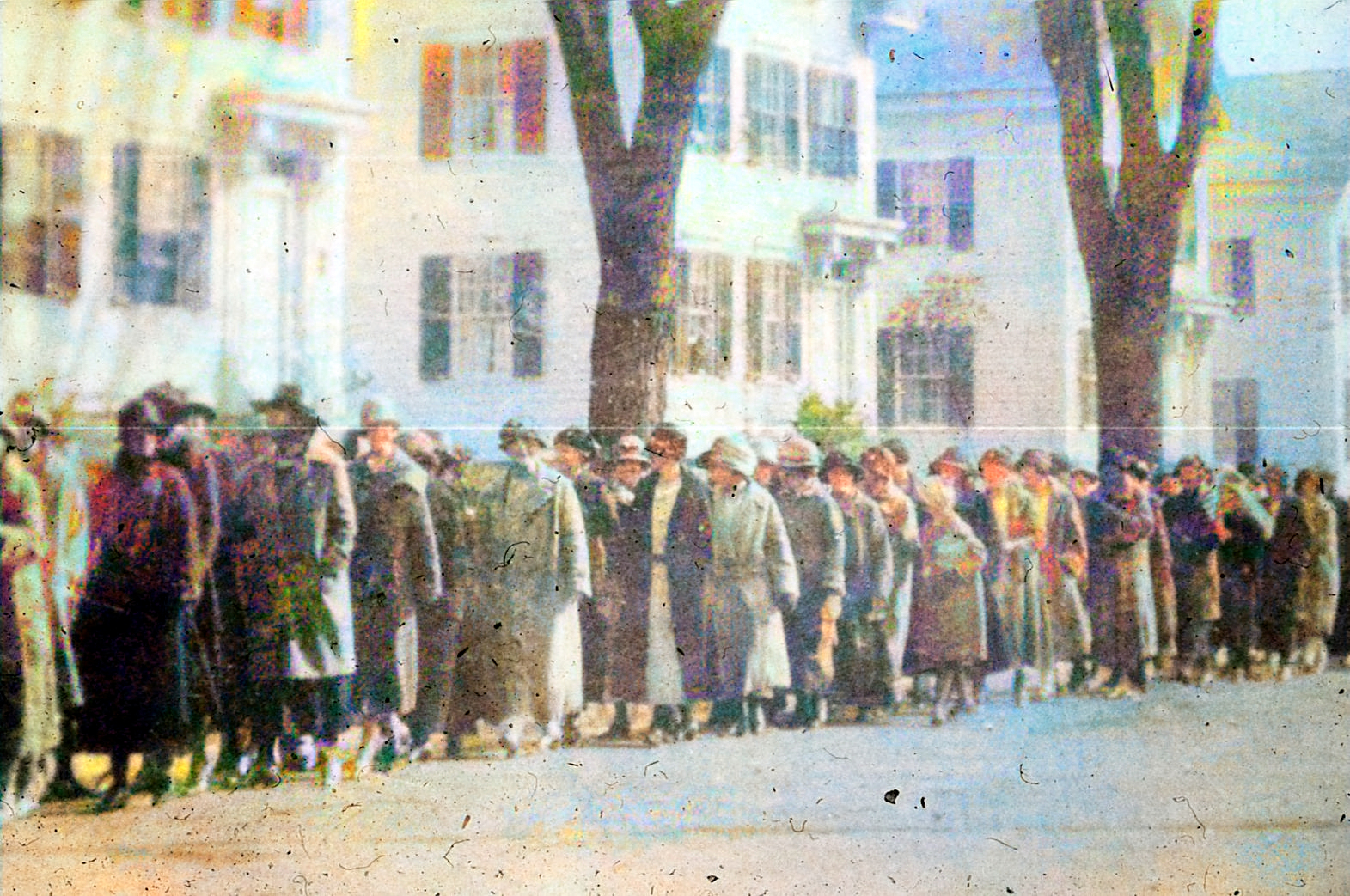 |
|
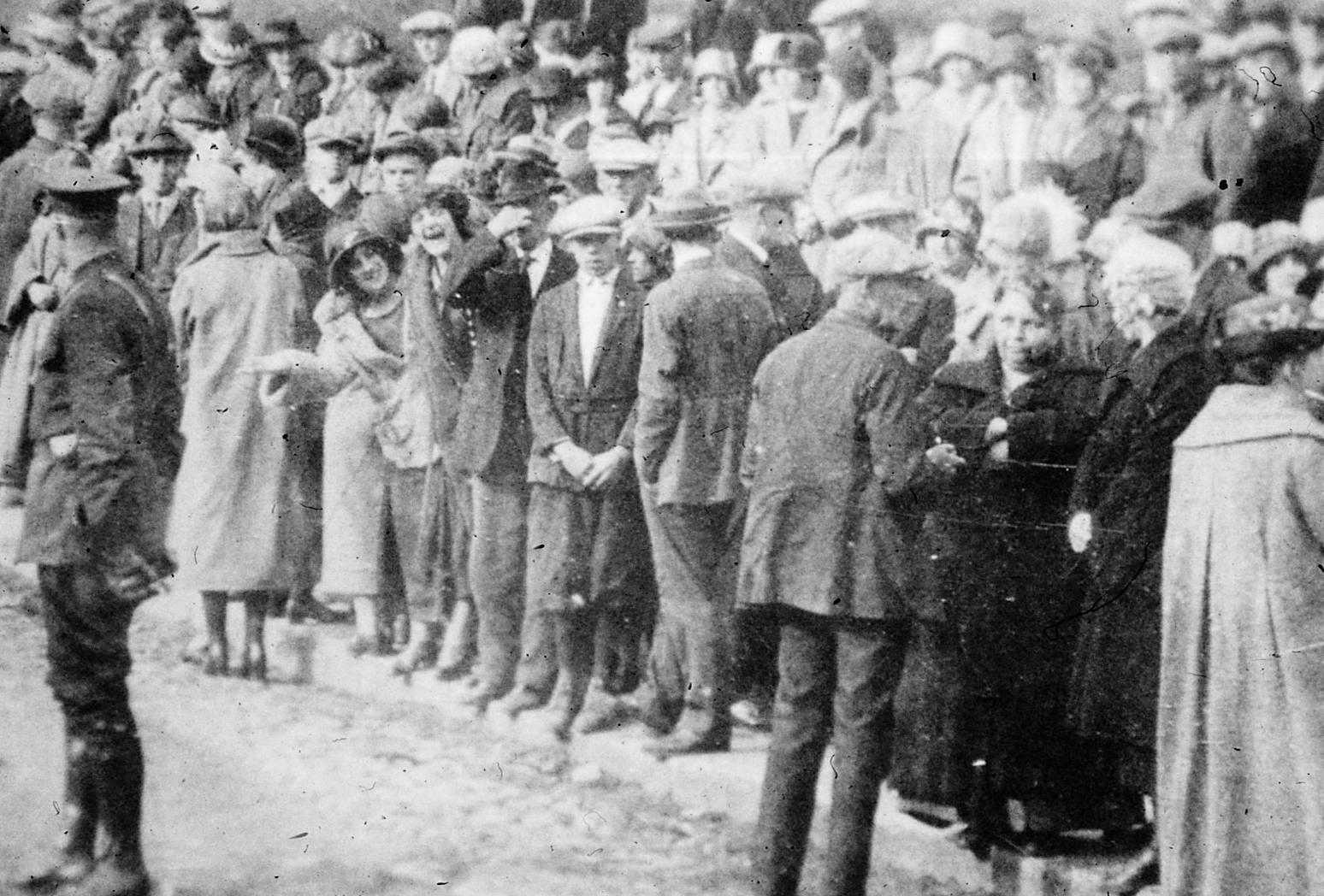
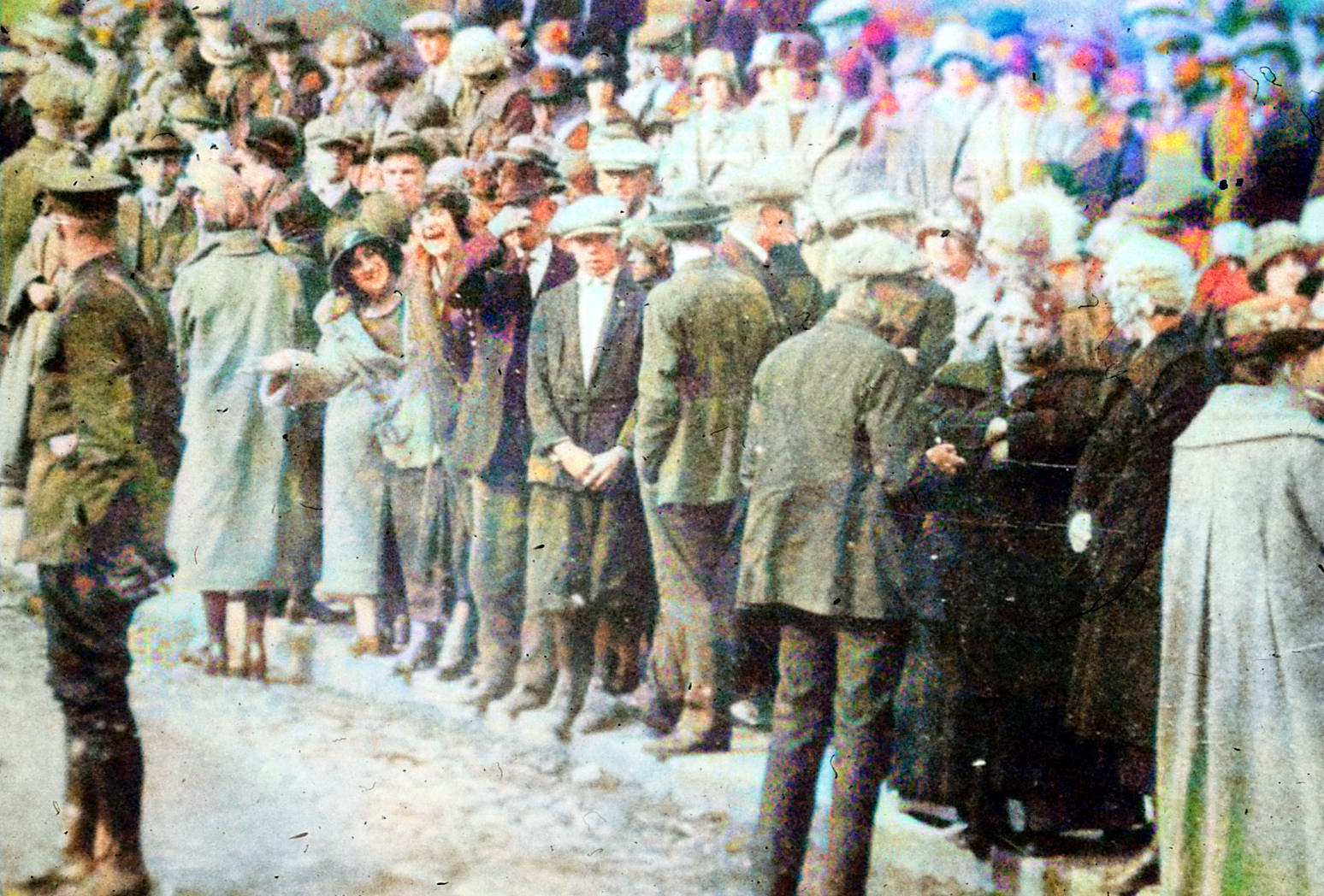 |
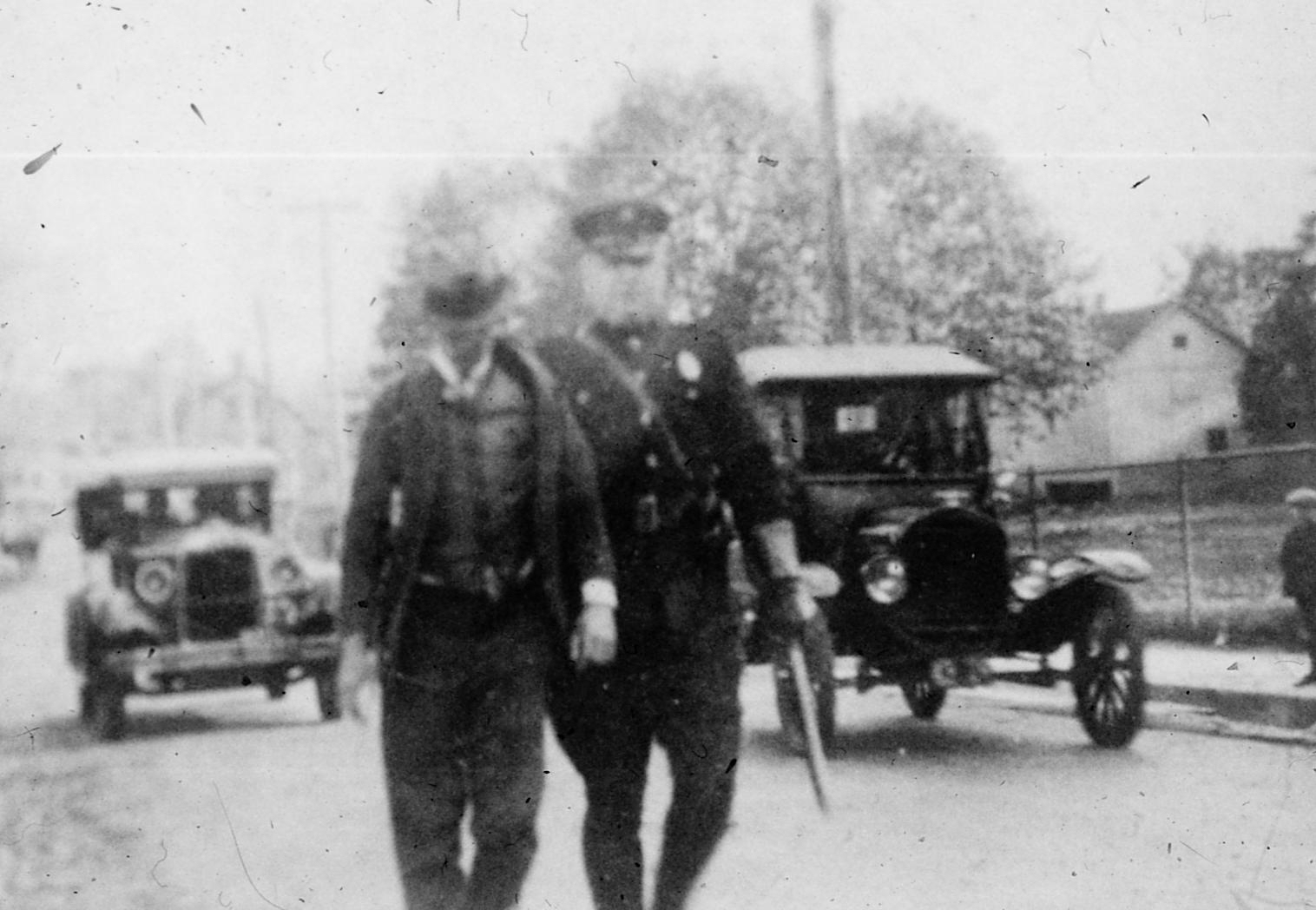
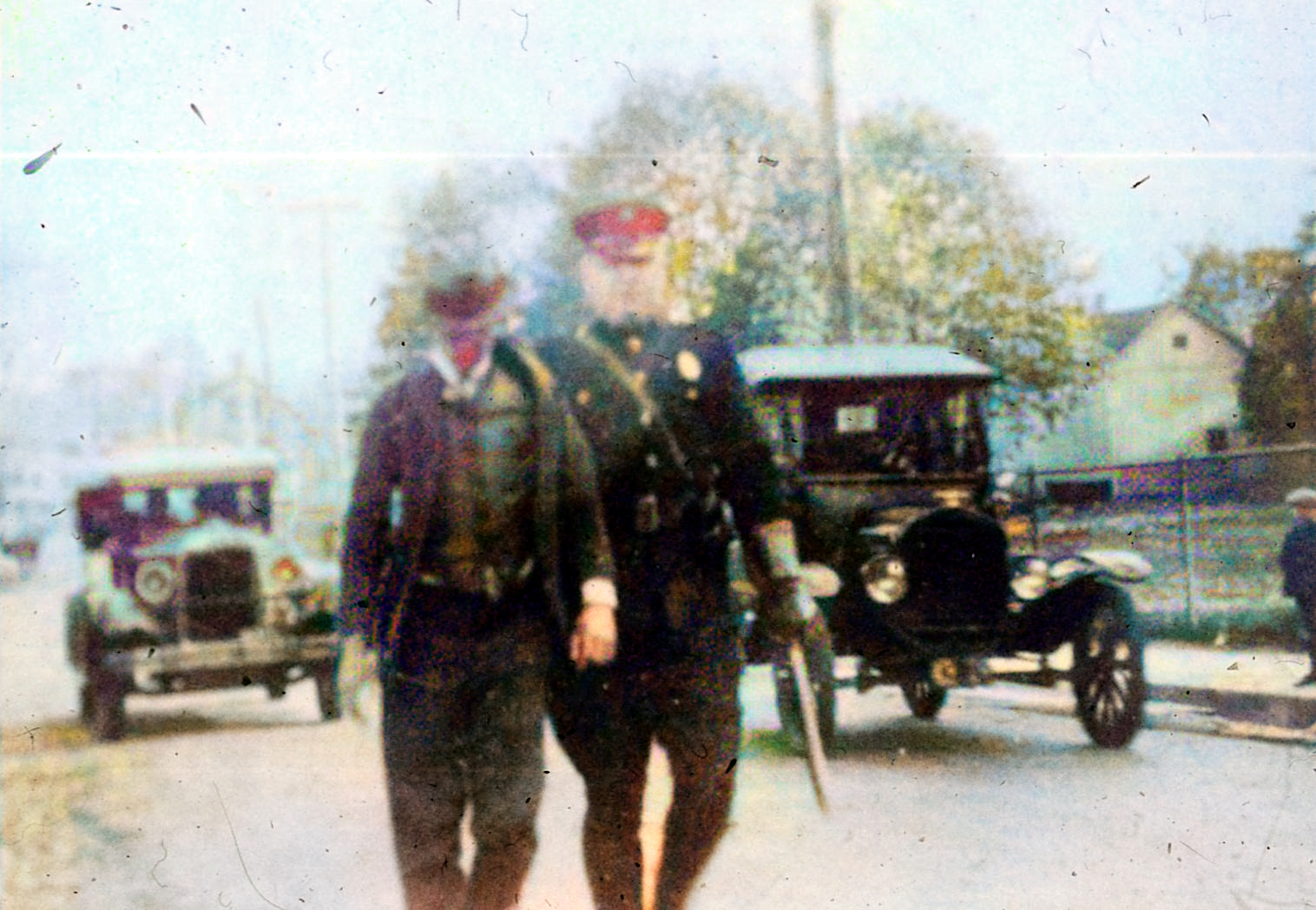 |
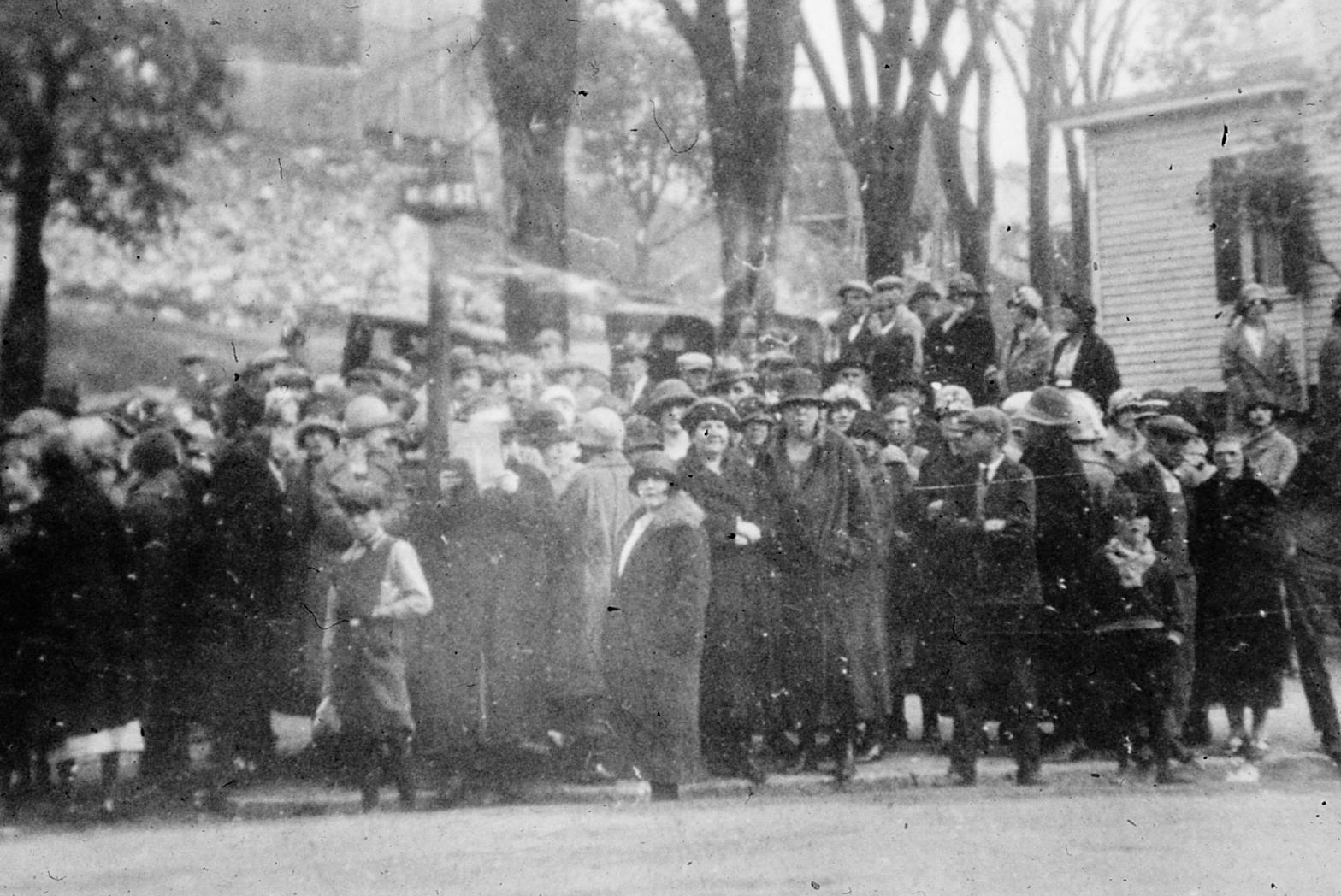
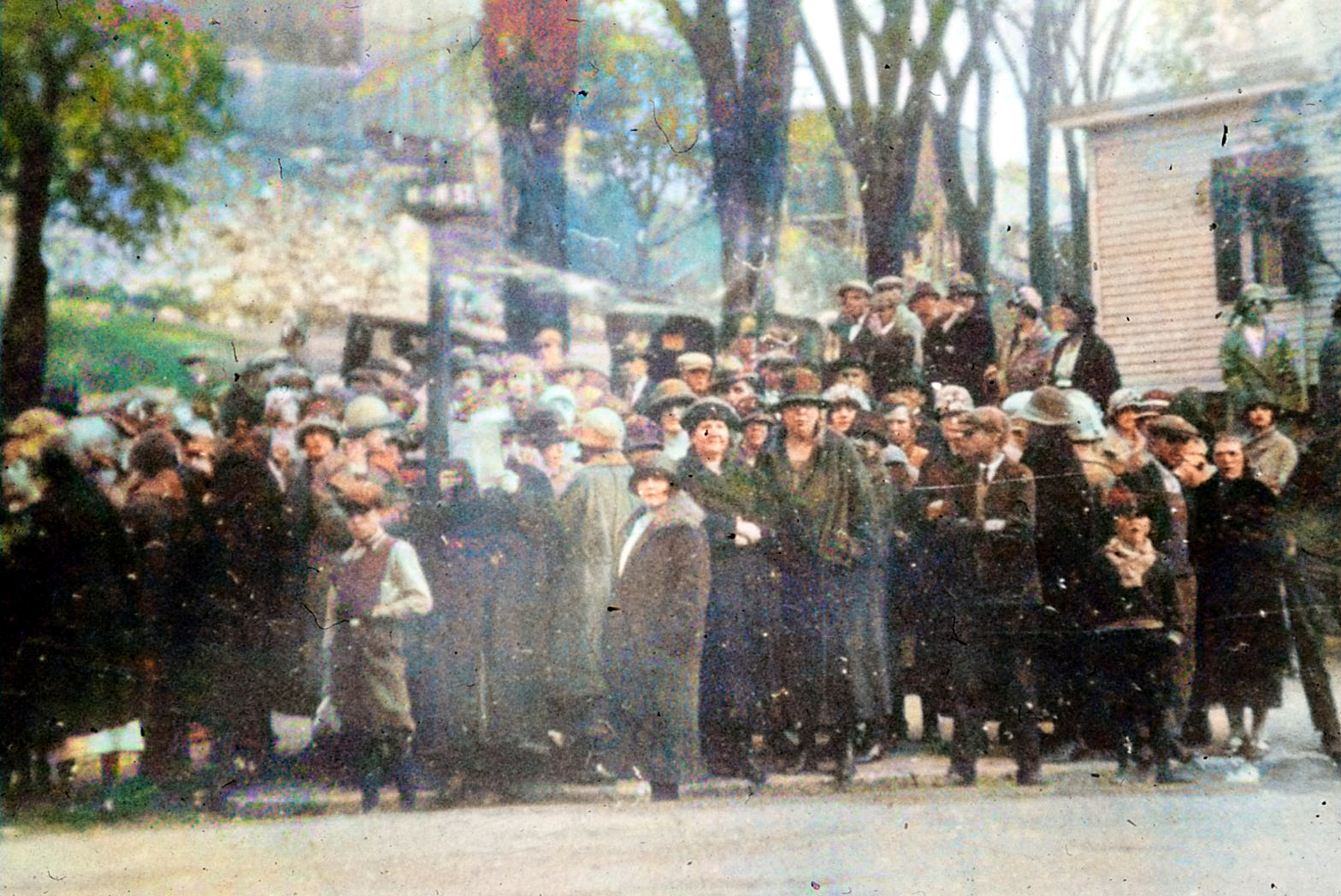 |
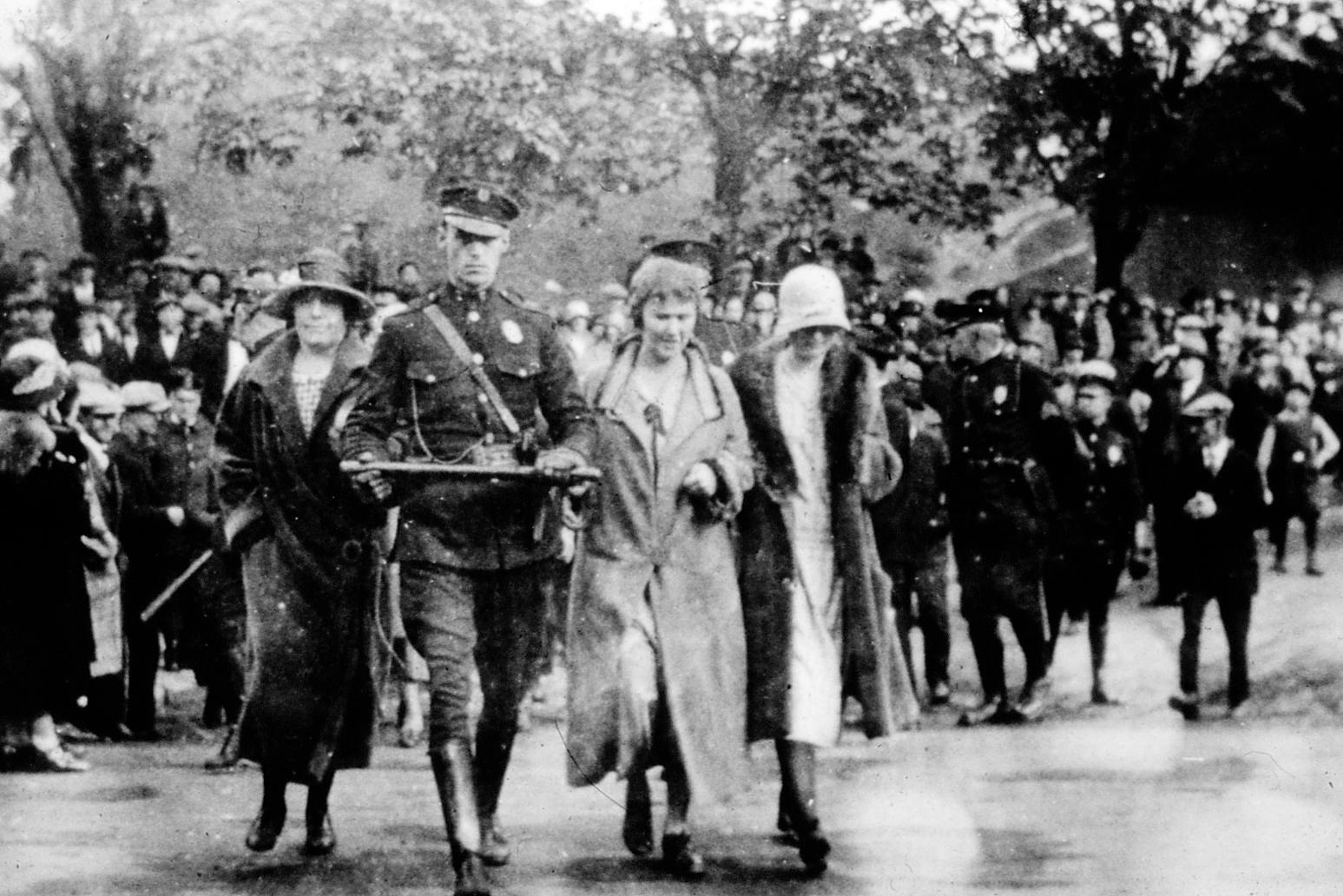
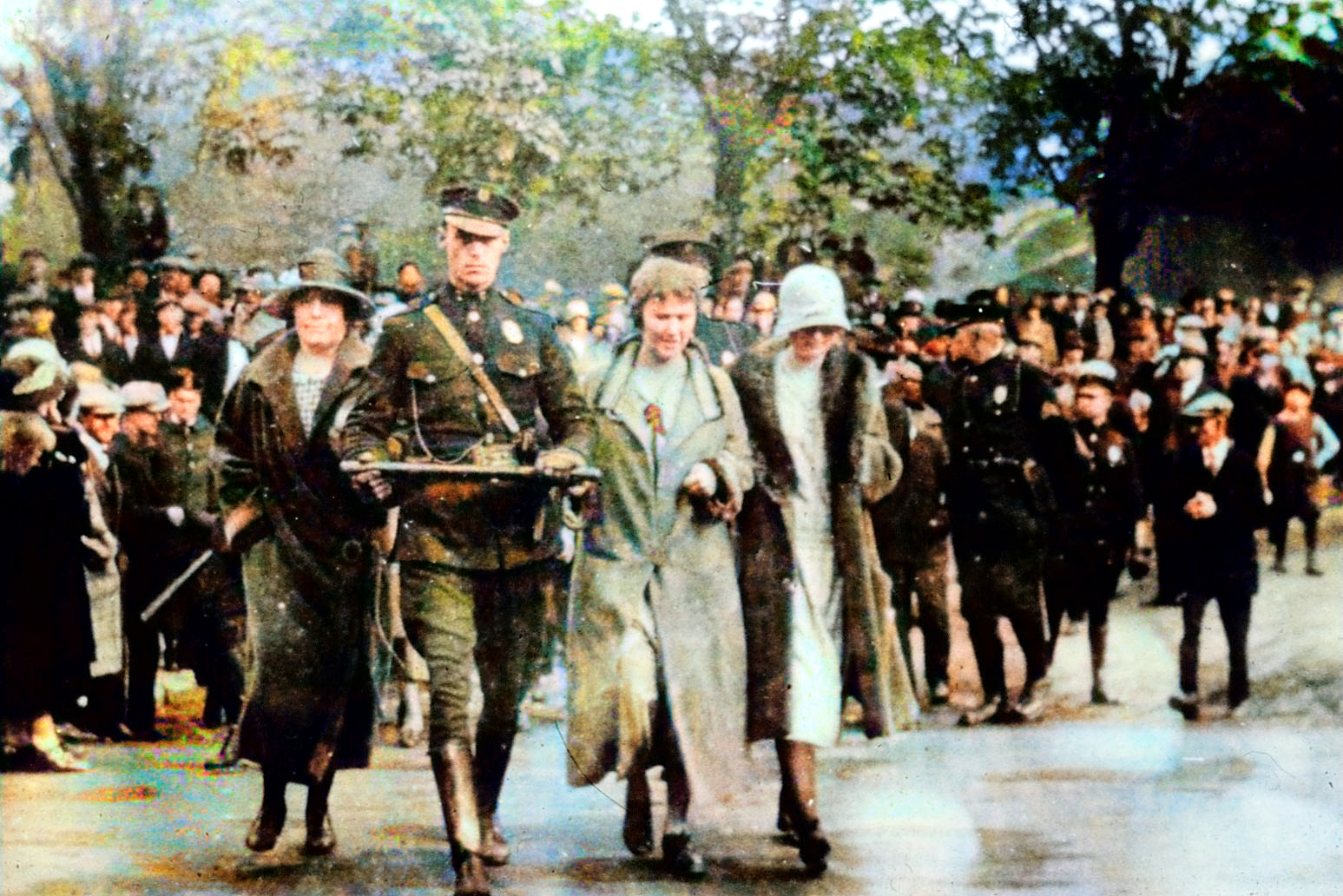 |
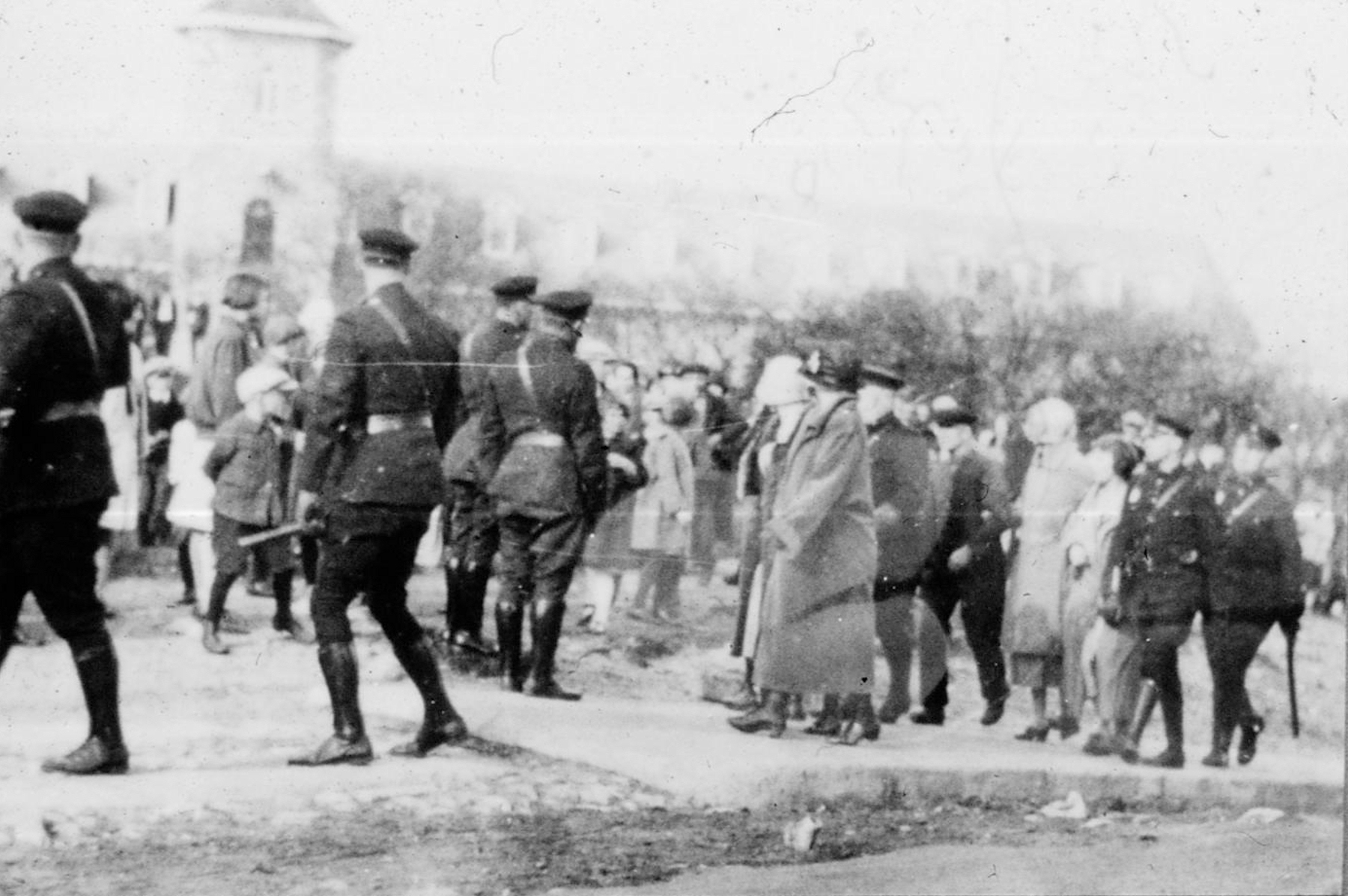
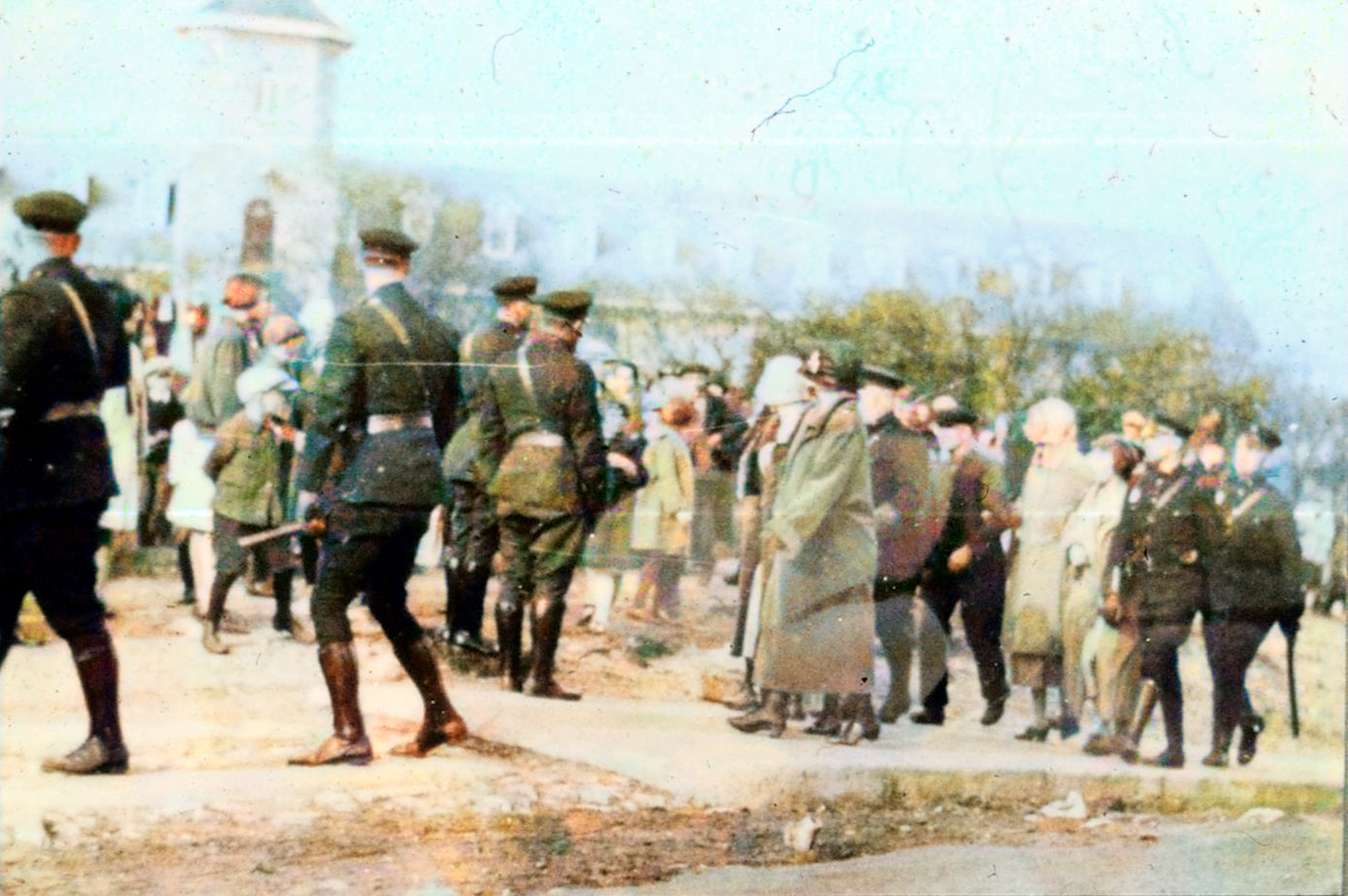
|
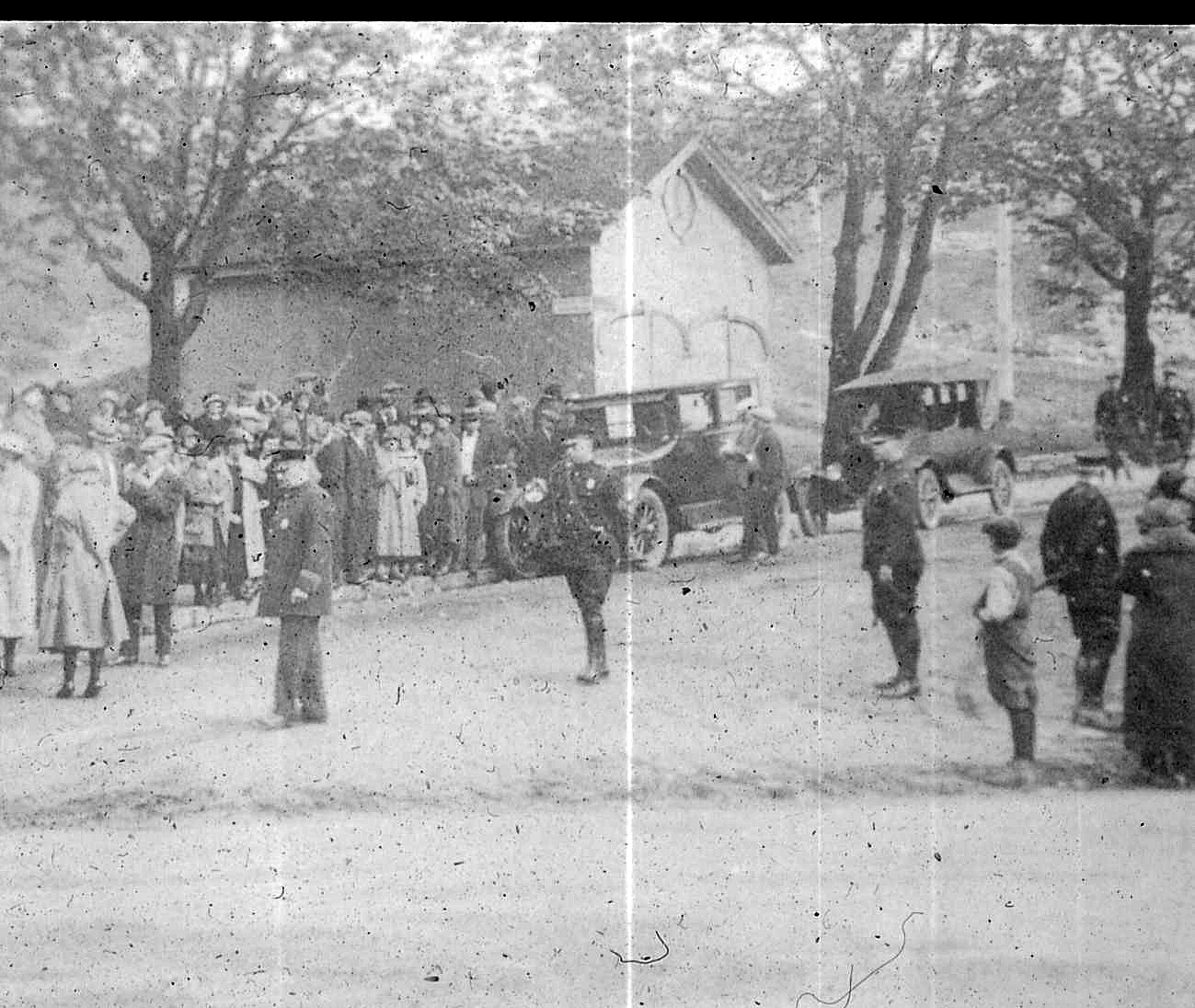
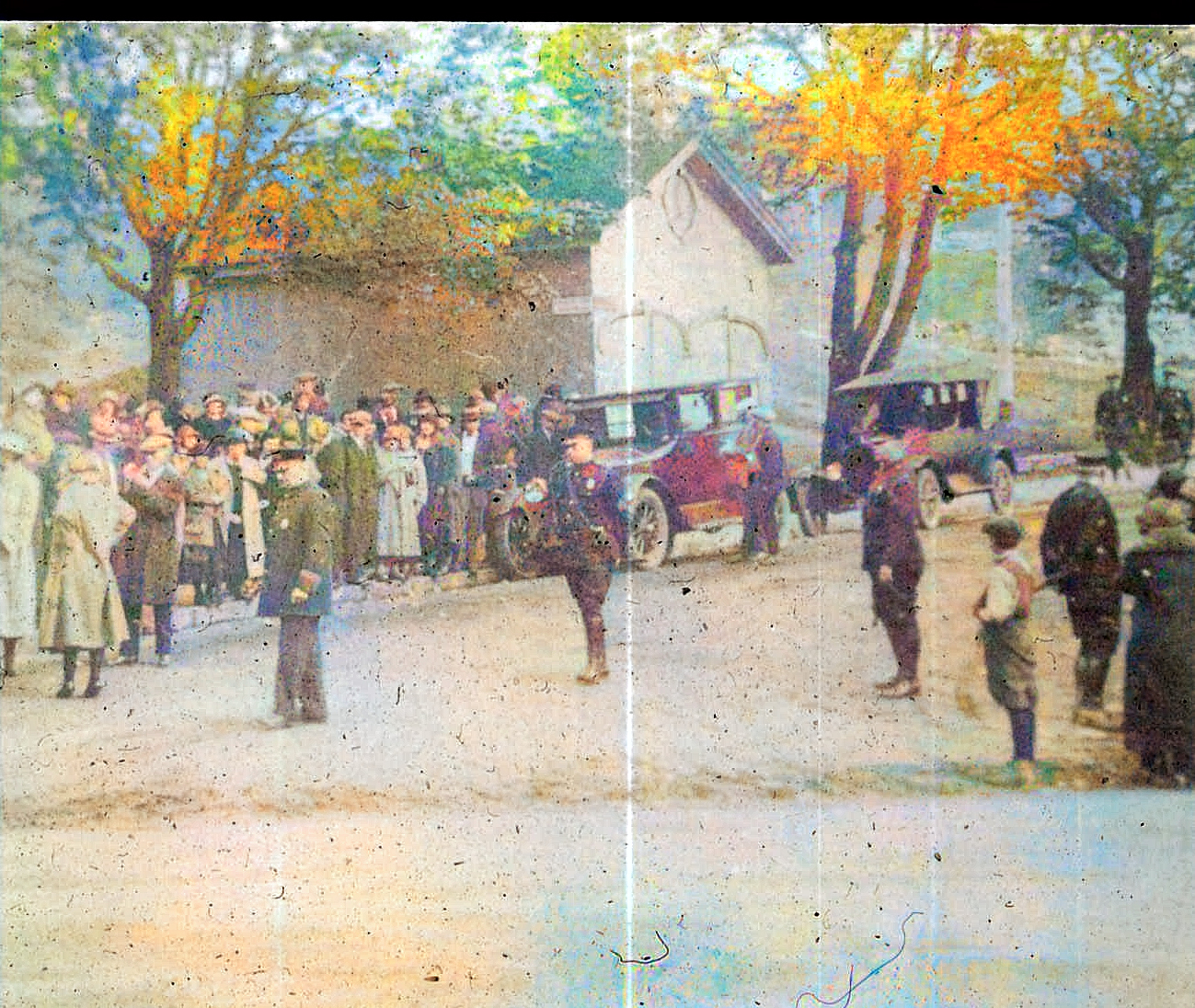 |
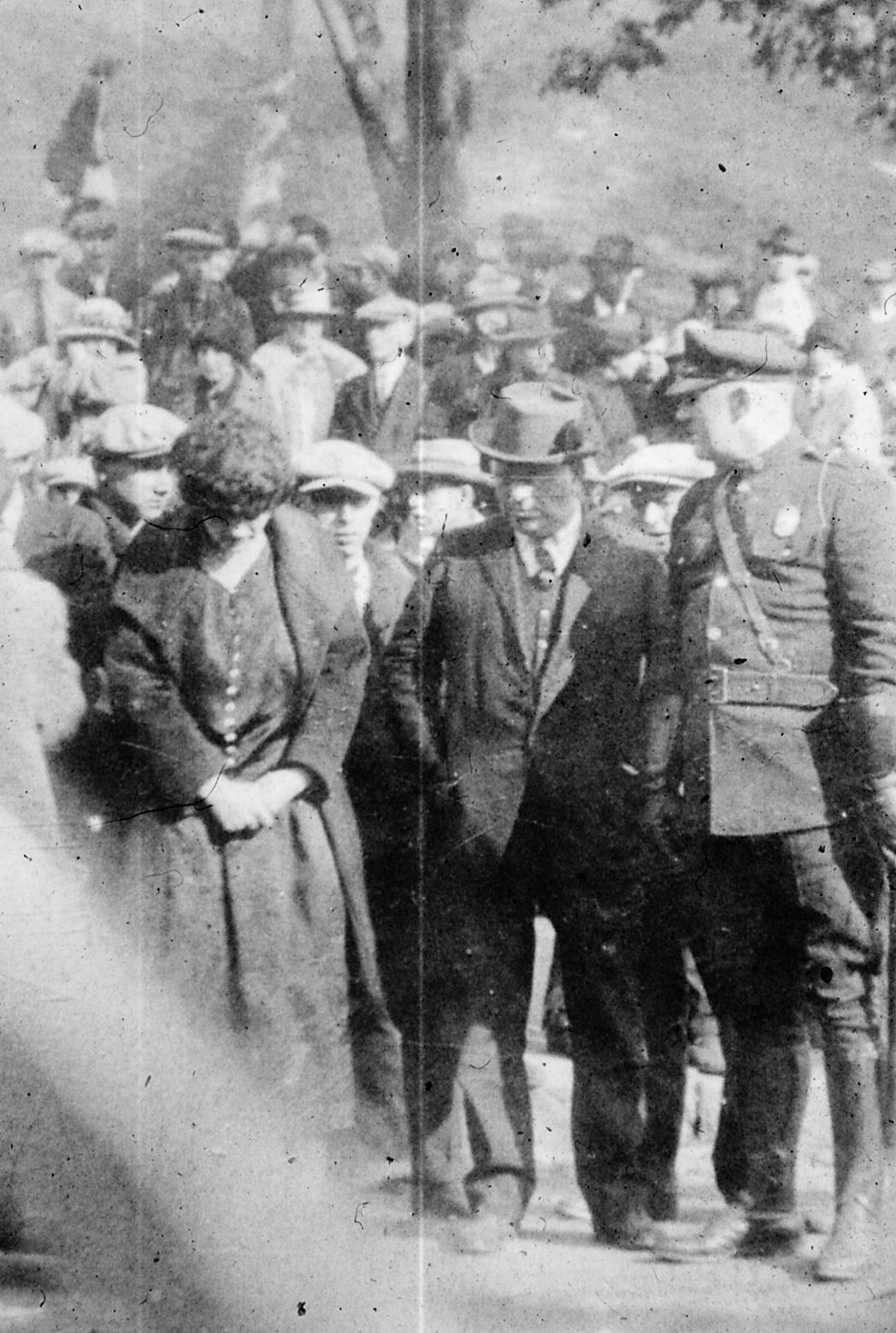
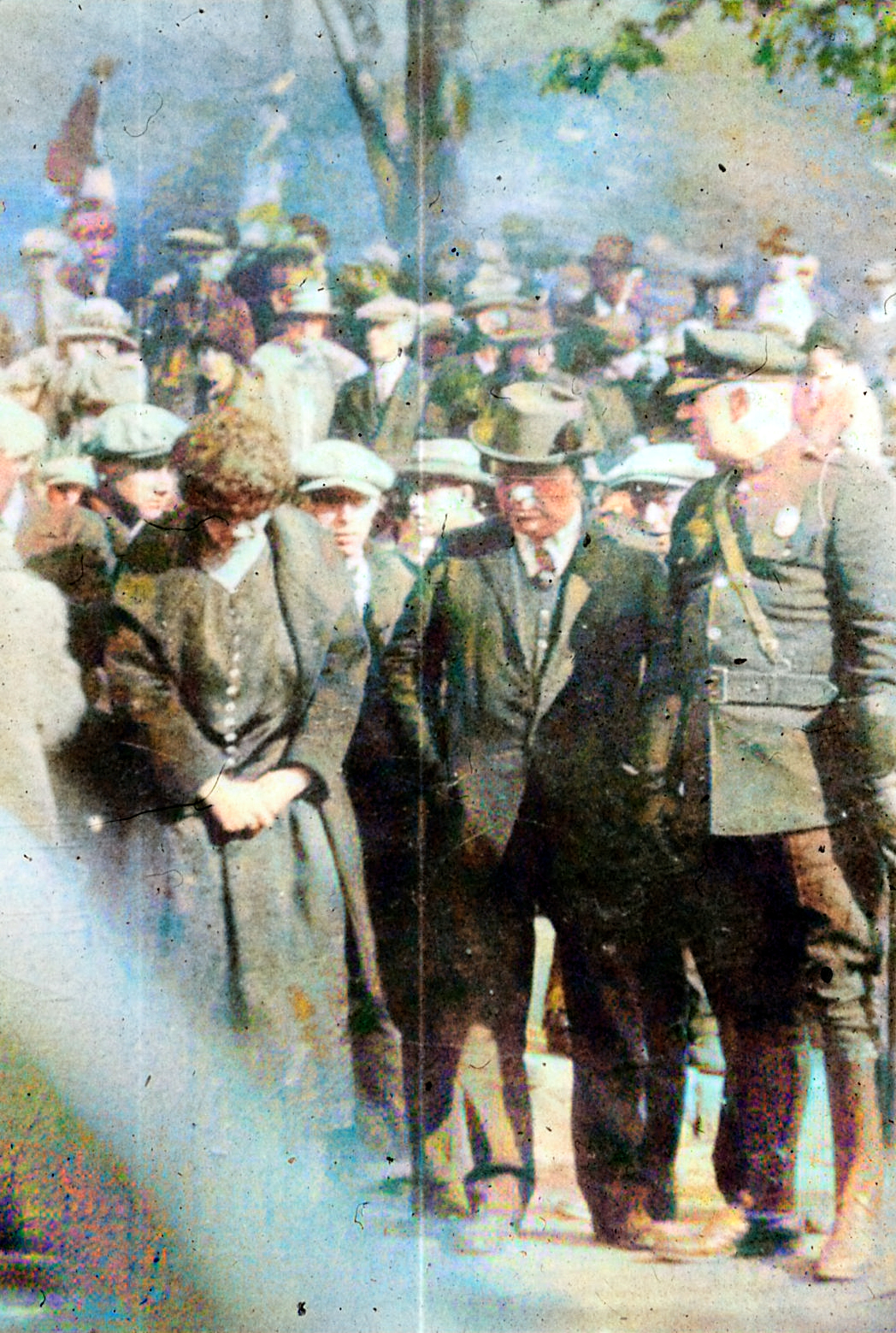 |
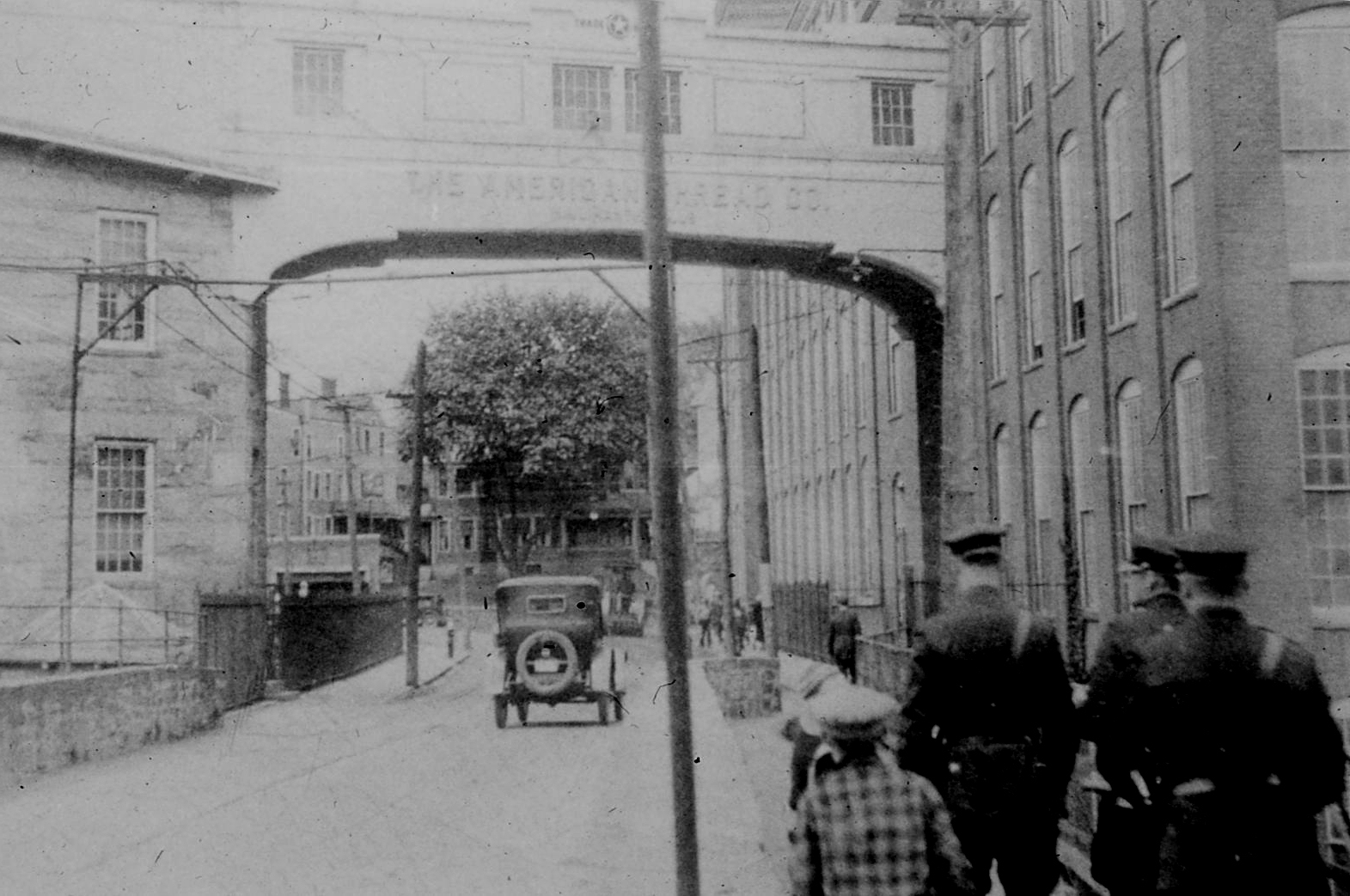
State troopers came
into the city to subdue the strikers. The
Willimantic police department strongly
criticized the state troopers' clubbing and
beatings of the striking ATCO workers, causing a
rift between both law enforcement agencies
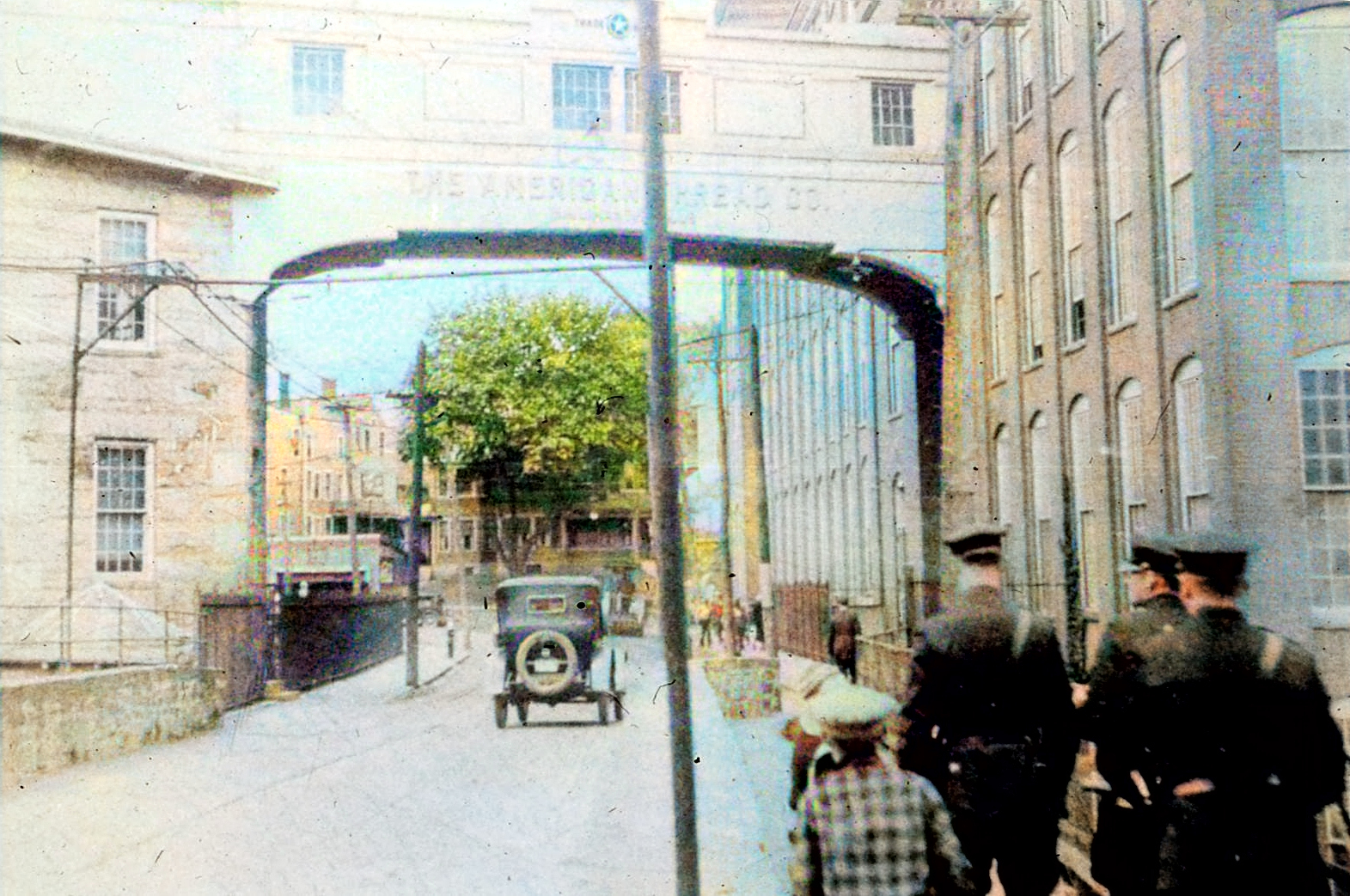 |
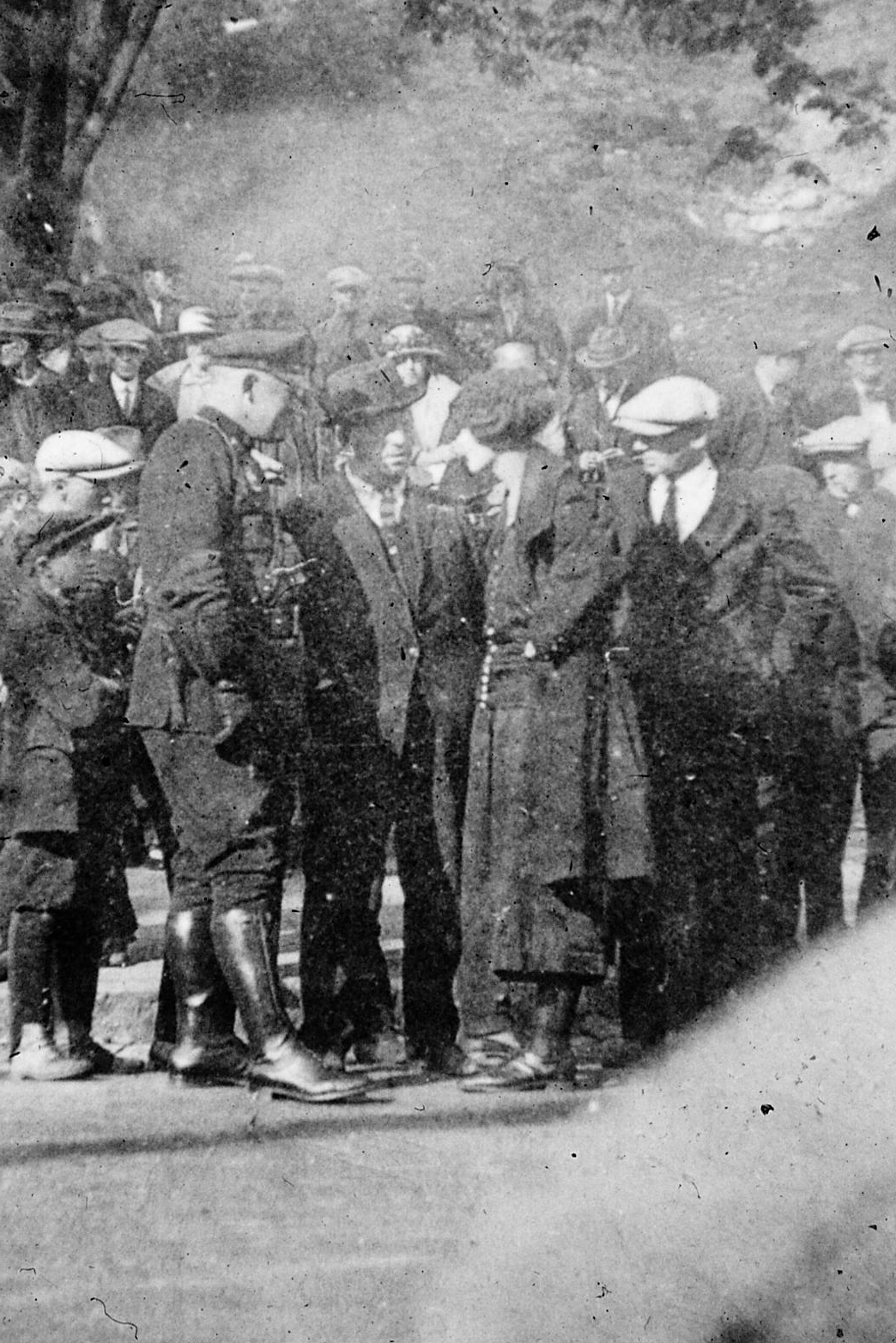
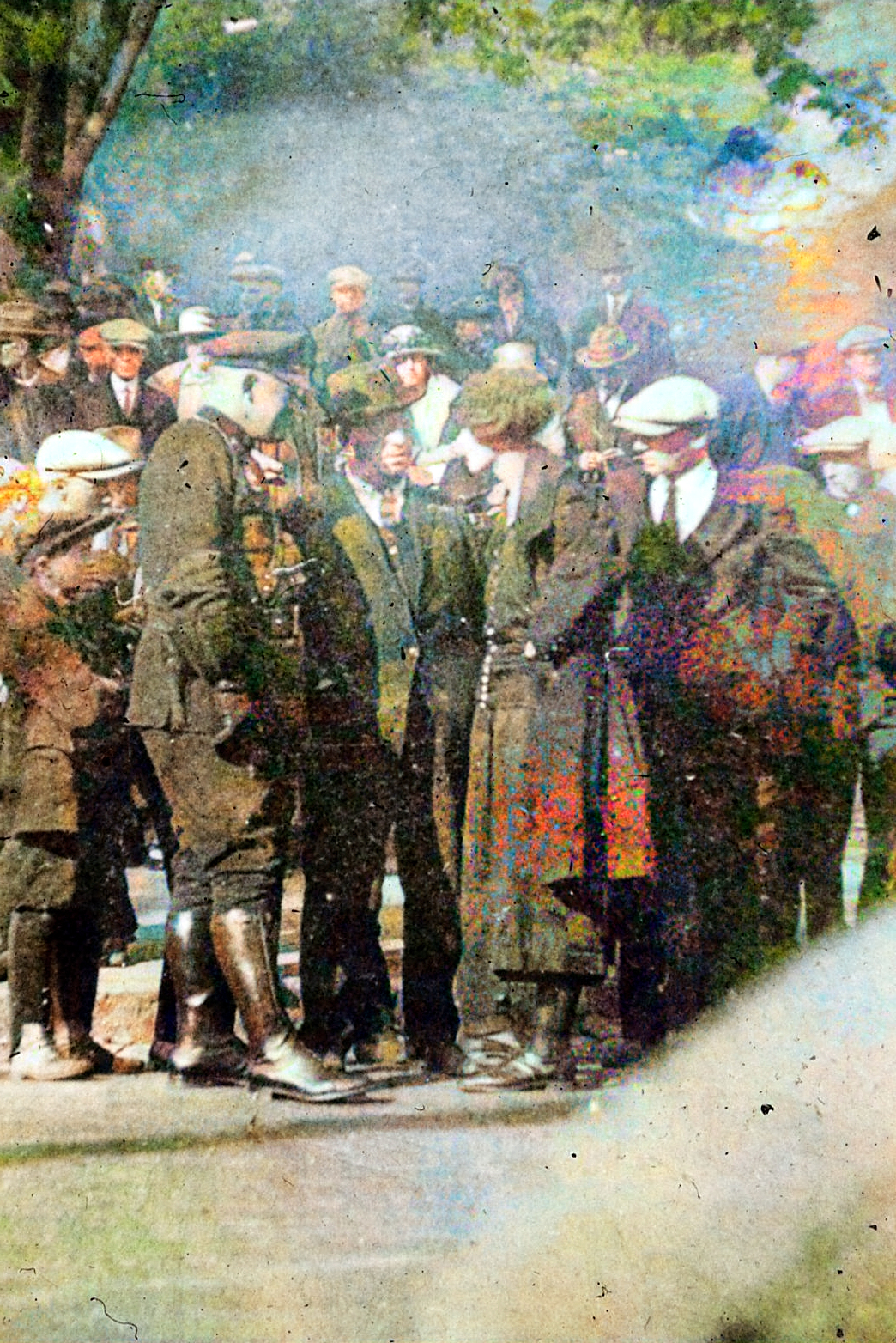 |
|
|
|
|
<<Back
to Galleries Index>> |
|
|